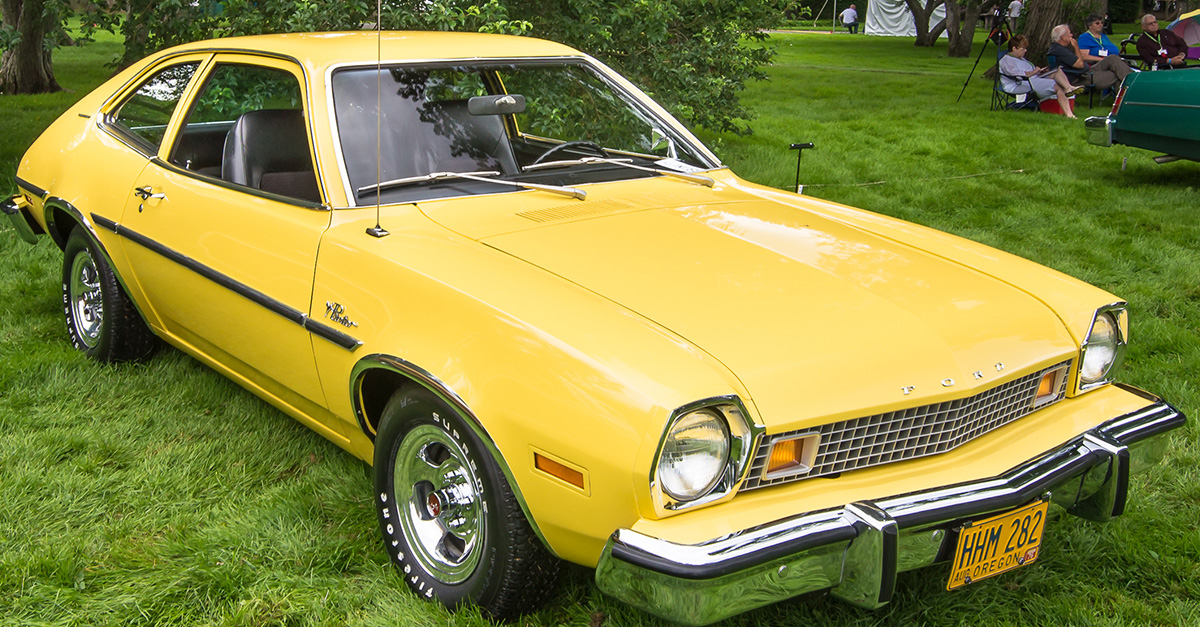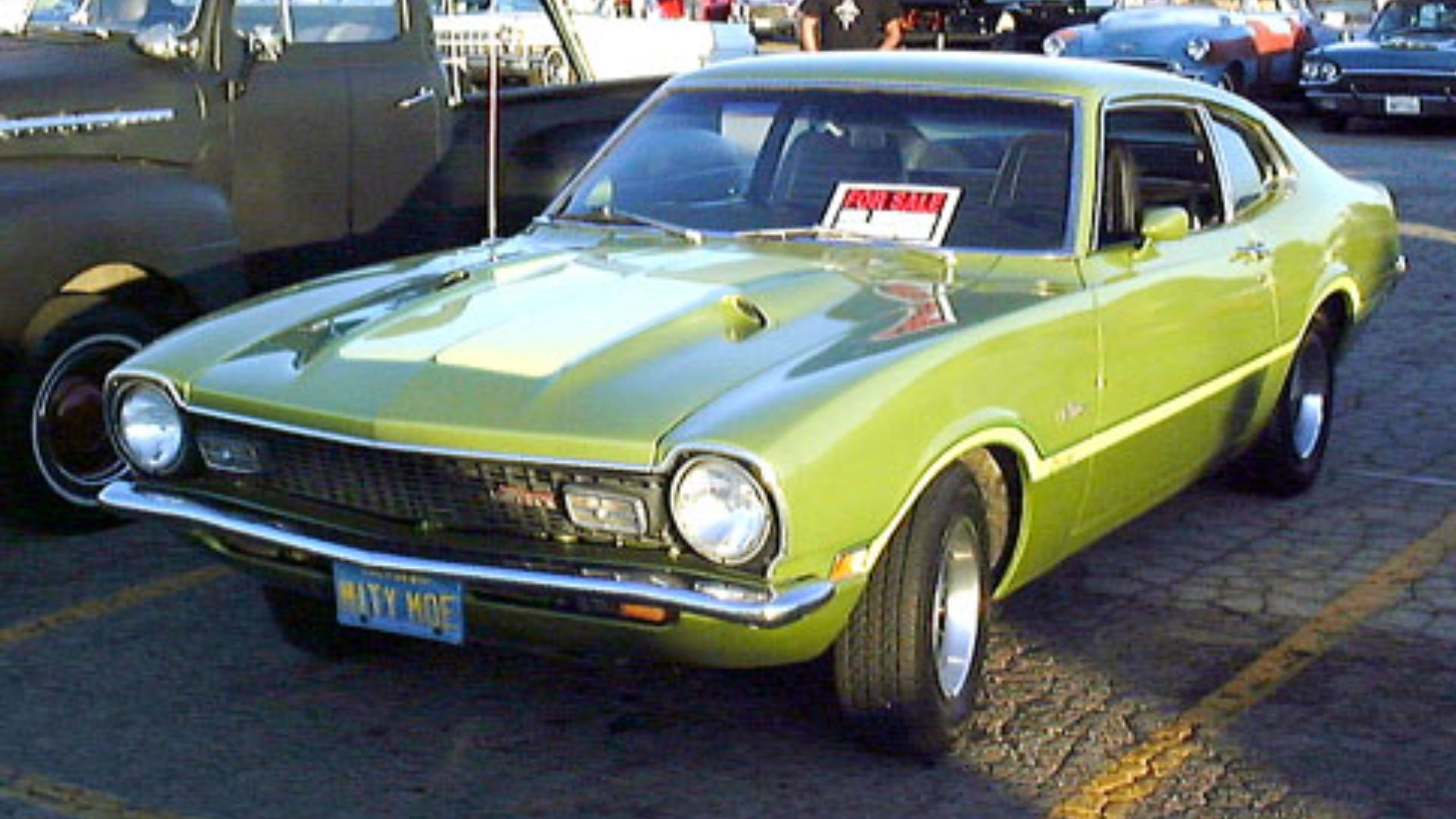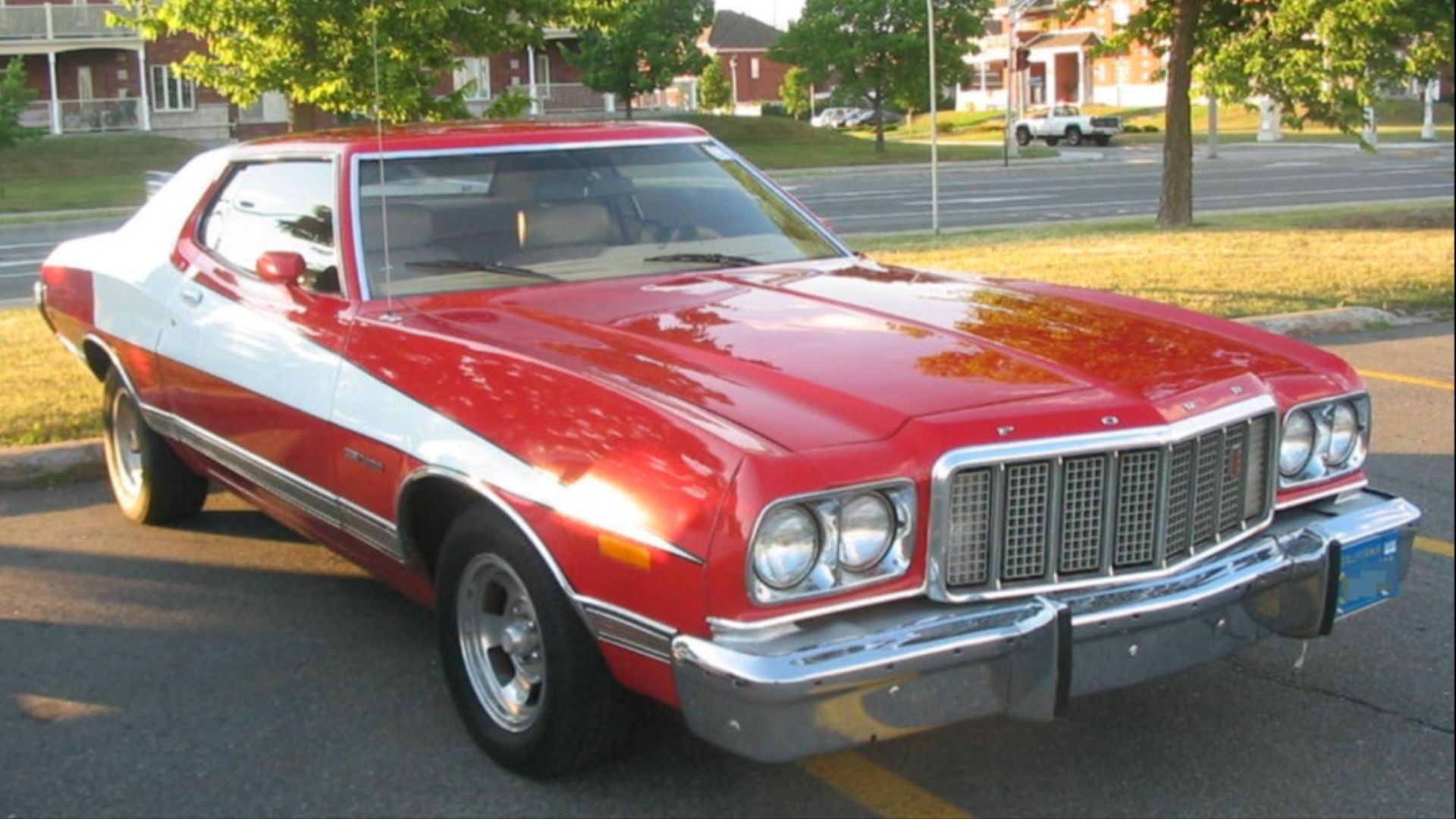These "Muscle Cars" Needed To Go Back To The Gym
American muscle car builders have produced some of the most memorable vehicles, from the Ford Mustang to the Chevrolet Camaro. Then there are the cars that are "muscle" in name only. These are some of America's worst-ever muscle cars.
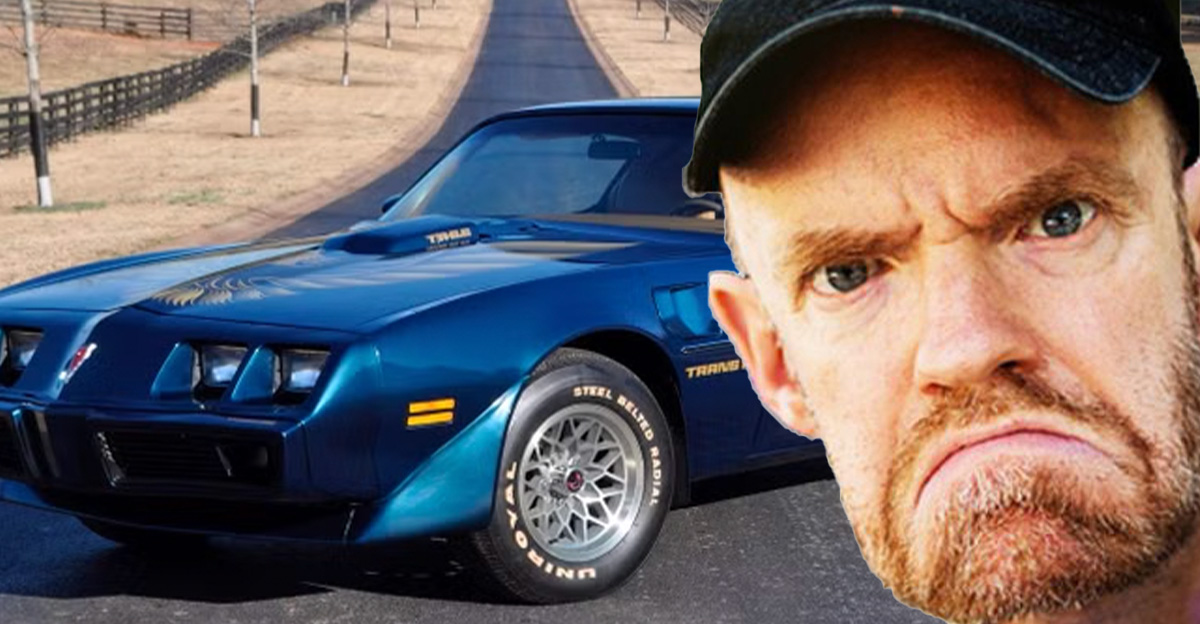
Pontiac Tempest
It might have been called a "tempest," but upon its release, the Pontiac Tempest certainly didn't create much of a storm. The Tempest was an entry-level compact car designed by Pontiac to compete with the likes of the Oldsmobile Cutlass or Buick Skylark. Powered by a four-cylinder engine, it didn't exactly inspire the power that had come to be associated with muscle cars of the era.
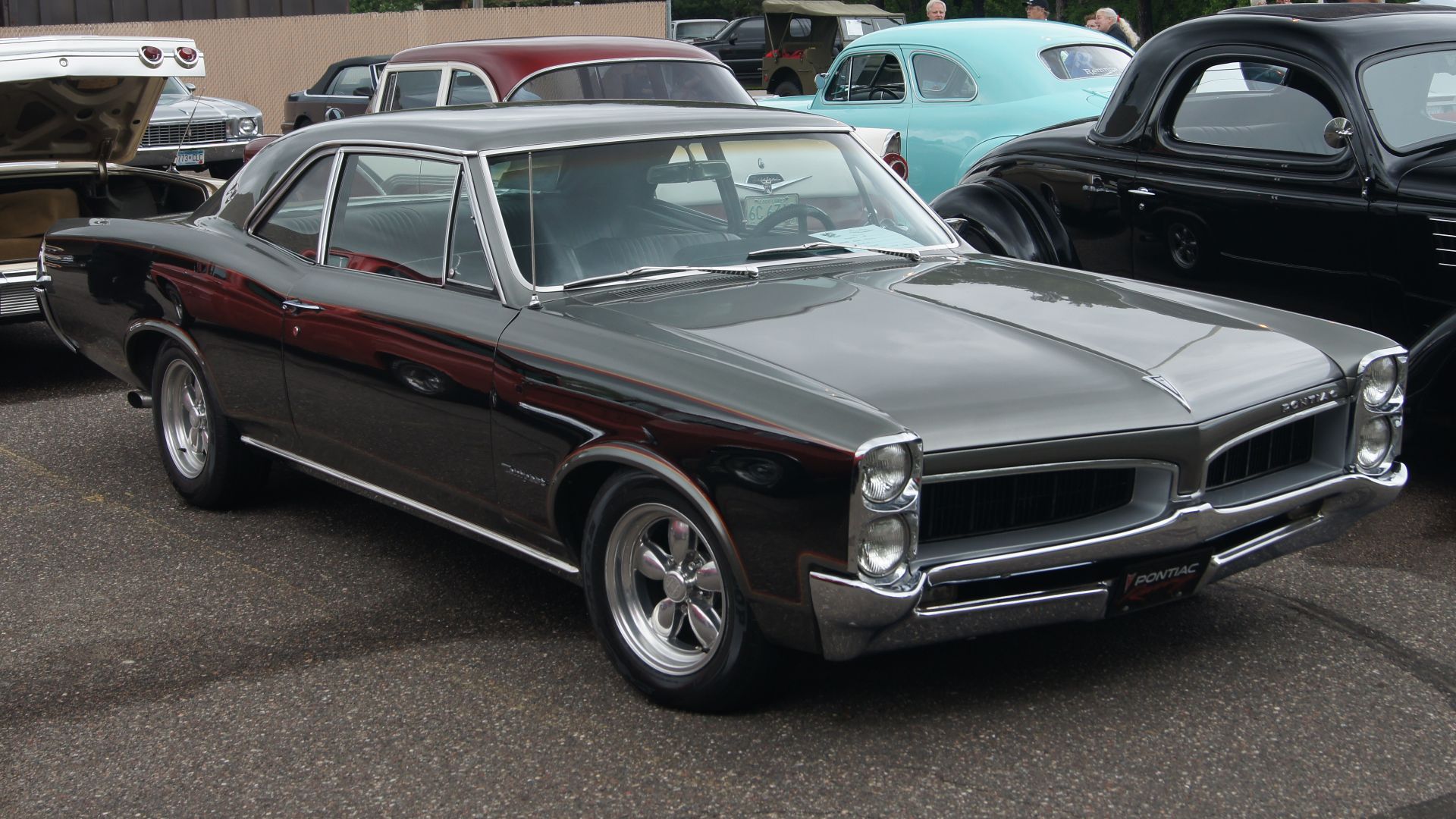 Greg Gjerdingen from Willmar, USA, Wikimedia Commons
Greg Gjerdingen from Willmar, USA, Wikimedia Commons
Pontiac Tempest (Cont'd)
Unfortunately for Pontiac, their chief engineer was John D DeLorean, creator of the DMC DeLorean, which was made famous by Back To The Future (1985). Looking back, DeLorean commented that the car was mechanically sound, but "rattled so loudly that it sounded like a trunkful of rolling rocks". Future upgrades also didn't inspire much confidence, and the Tempest blew out by 1970.
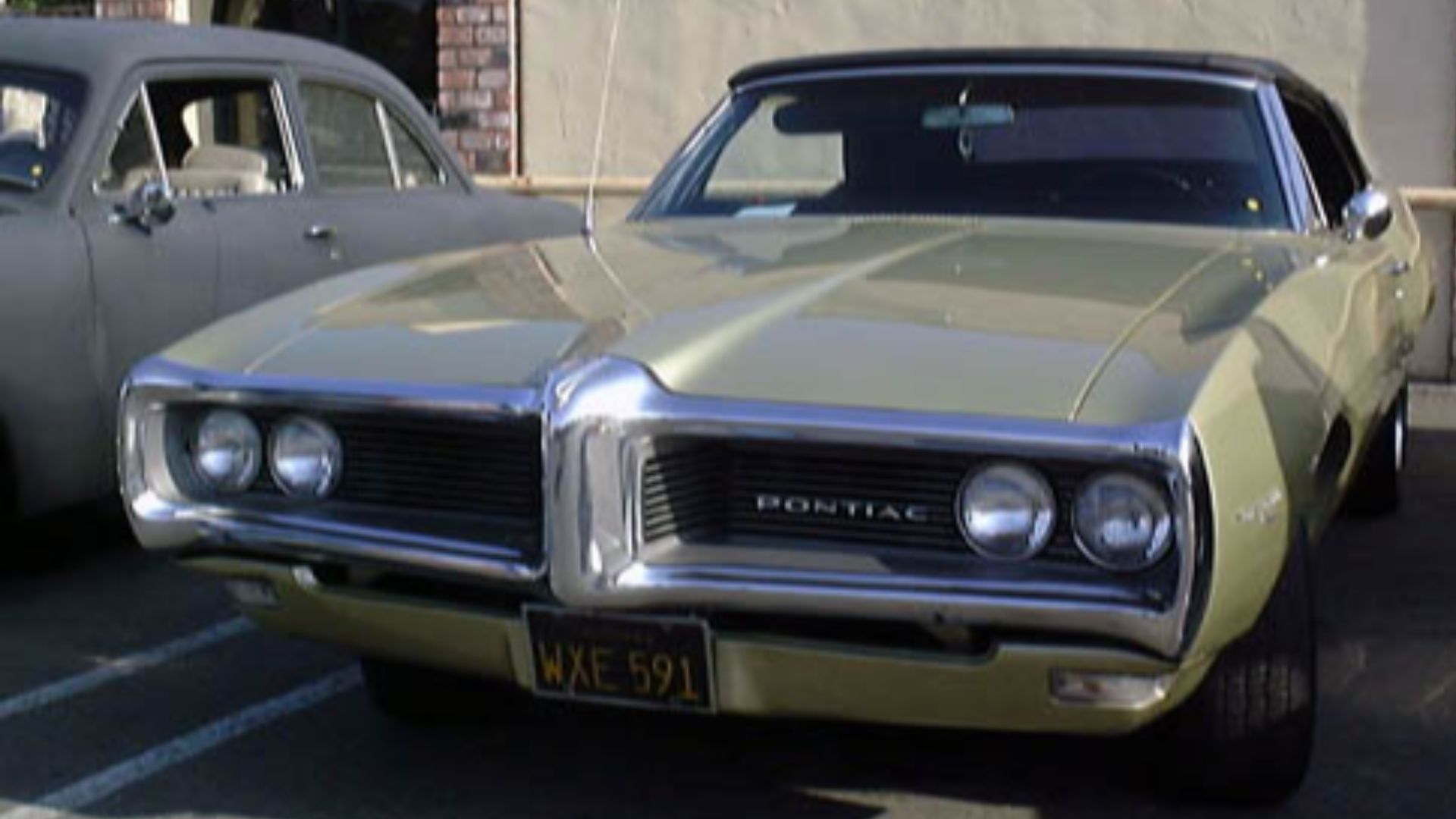 Morven at English Wikipedia, Wikimedia Commons
Morven at English Wikipedia, Wikimedia Commons
Ford Maverick Grabber
With a name like "Maverick", the Ford Maverick Grabber had a reputation to live up to. Despite this being pre-Top Gun (1986), the name inspired a character that you would imagine had some power, torque and daring behind it. Unfortunately for the Maverick Grabber, it was anything but a maverick.
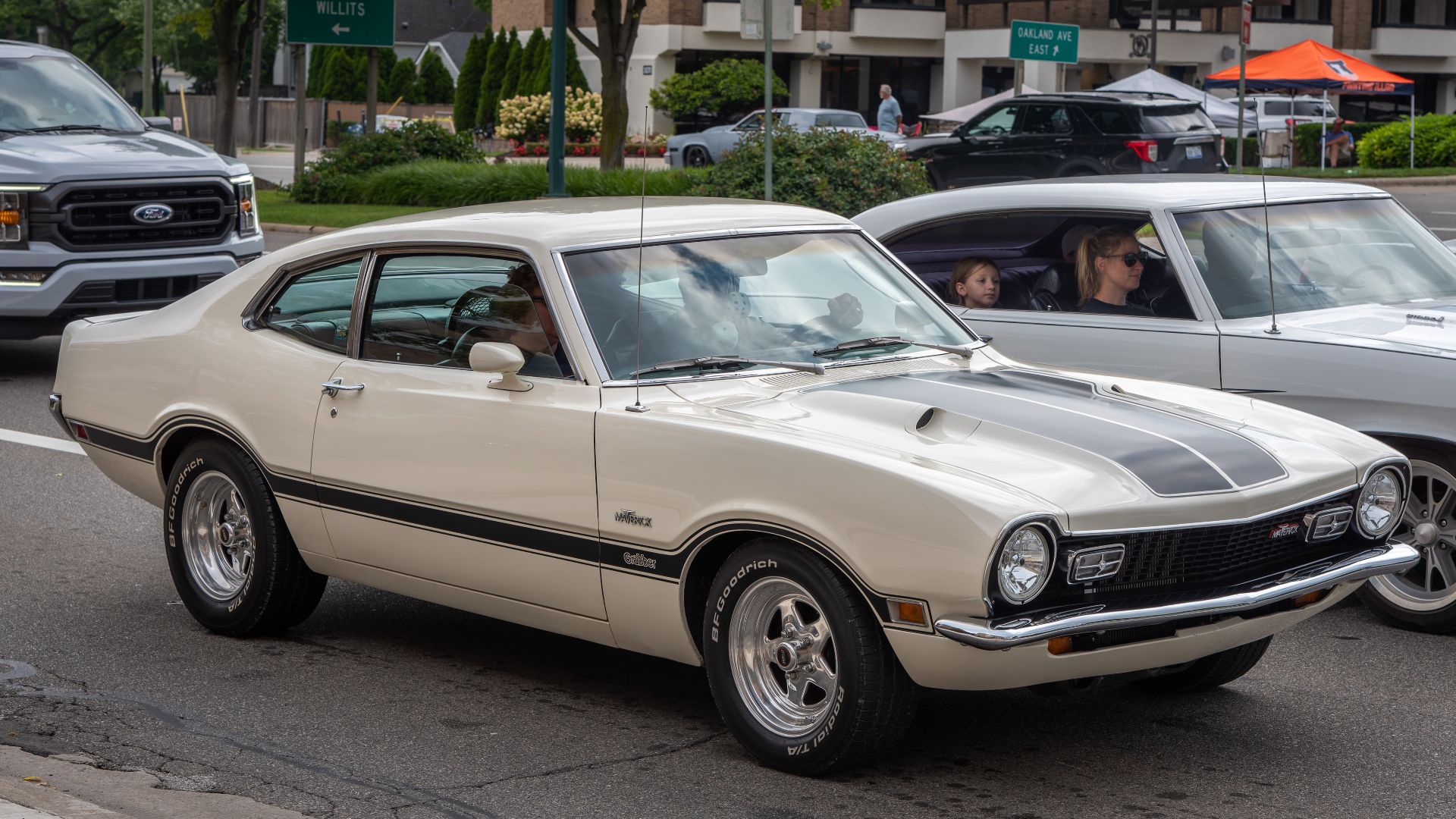 Mustang Joe, Wikimedia Commons
Mustang Joe, Wikimedia Commons
Ford Maverick Grabber (Cont'd)
A compact muscle car fitted with either a 2.8L inline-six or a 4.7L V8 engine, the Maverick Grabber produced a rather dull 105 to 120 hp, depending on the engine. Despite the initial buying craze of the car, when nearly 579,000 Mavericks were built for its first year in 1970, sales dwindled and the model was discontinued in 1977. The Maverick Grabber grabbed nobody's attention and is a most forgettable Ford muscle car.
1973 Ford Mustang II
Although perhaps not as forgettable as the Pony car, the Ford Mustang II was the successor to the 1965 Ford Mustang, and had huge shoes to fill. For most people who had bought the original Mustang from 1965, this was seen as a Pinto-like derivation from the classic. It was smaller, less powerful, and didn't live up to the hype.
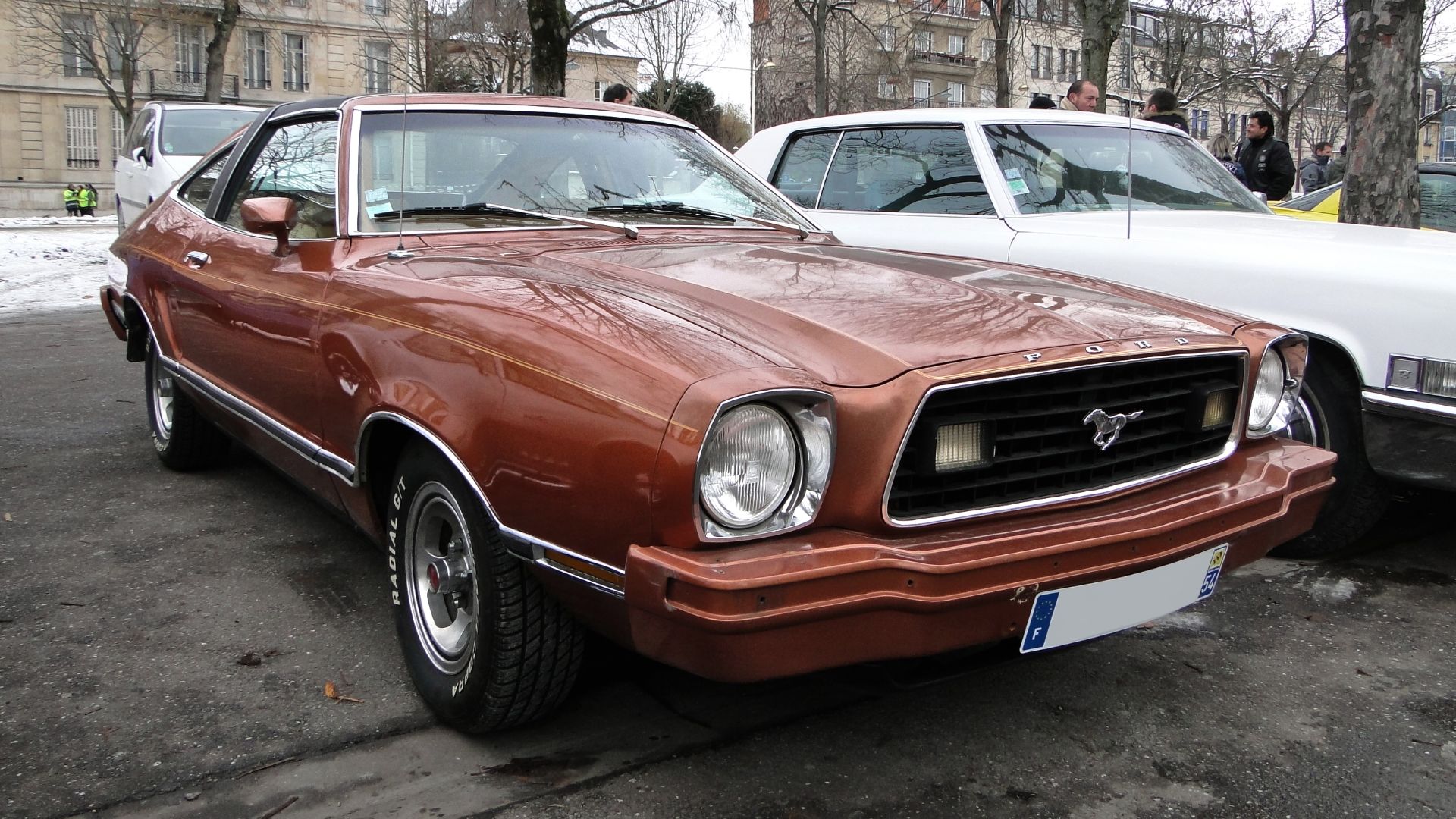 Alexandre Prévot from Nancy, France, Wikimedia Commons
Alexandre Prévot from Nancy, France, Wikimedia Commons
1973 Ford Mustang II (Cont'd)
You see, Ford had designed the Mustang II to be a more fuel-efficient version of the Mustang, during a time of high gas prices thanks to the fuel crisis happening worldwide. This made perfect sense, but for most people, it wasn't markedly more fuel efficient than other compact cars in its class. The styling was deemed as odd and it ticked no boxes for Ford Mustang die-hards who were expecting a beefier version of their beloved OG Mustang.
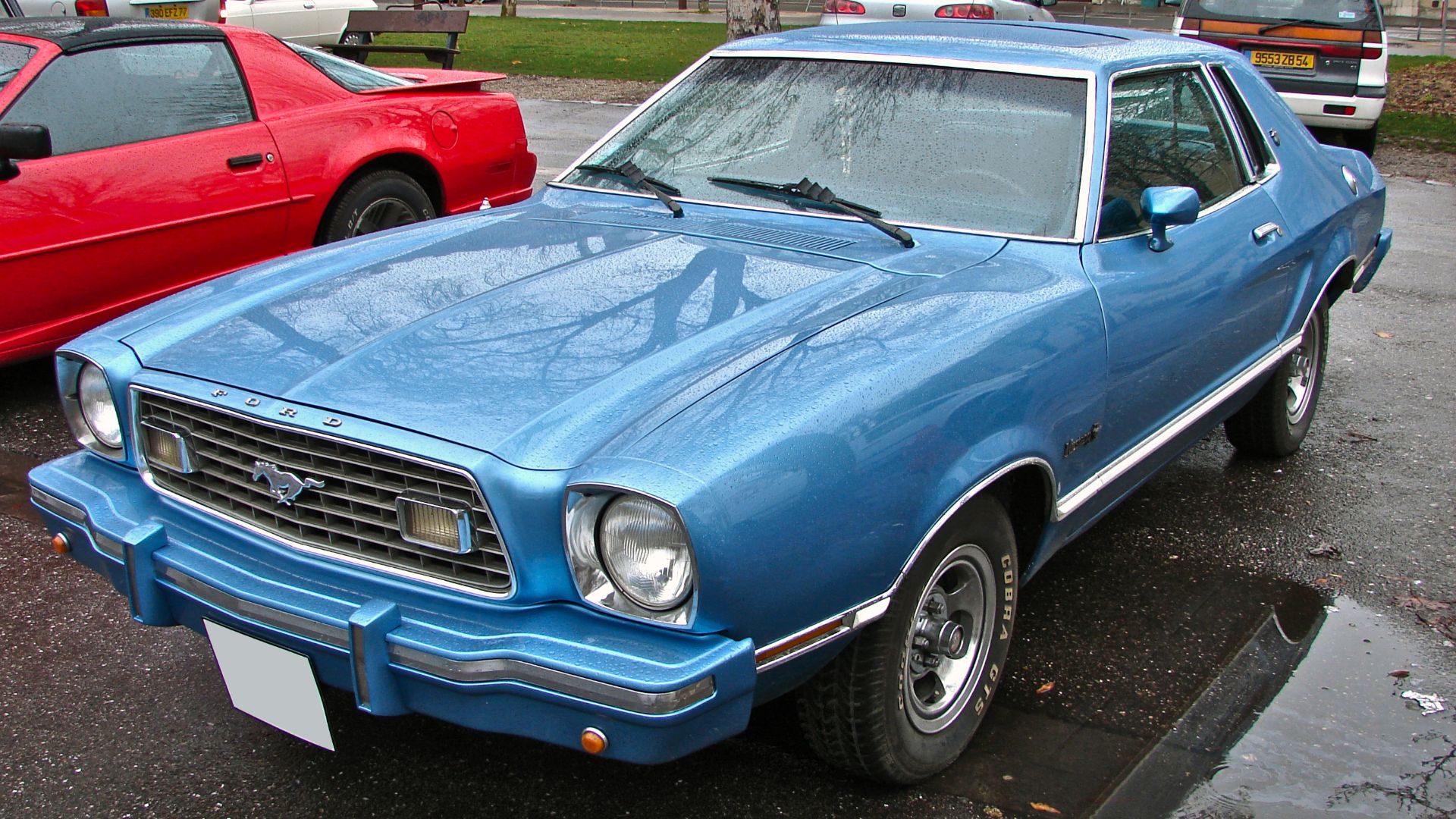 Alexandre Prévot from Nancy, France, Wikimedia Commons
Alexandre Prévot from Nancy, France, Wikimedia Commons
1974 Ford Gran Torino
The Gran Torino was anything but sleek, stylish, fast, muscular...all the things you'd expect a muscle car to be. Instead, it was bloated. A 7.4L V8 should have roared the Torino into life in the mid-1970s, but it seemed to take forever to get anywhere. It was like driving a boat—handling was awful, and it took 9.6 seconds to reach 60 mph.
1974 Ford Gran Torino (Cont'd)
That unforgivable slowness was matched by a poor design. It wasn't even pretty to look at. I had a massive front grille, huge chrome front and rear fenders, and its paneling in the rear was best summed up as "bony hips". Ford really struggled to market the Gran Torino, having renamed the model twice from the original Torino of 1968. They even borrowed the trunk from a Mercury Montego, for many models. Lazy.
1974 Pontiac GTO
The mid-1970s weren't great times for most car manufacturers, thanks to the fuel crisis. Featuring a 5.7L V8 engine, the GTO was hit with similar issues that had plagued other cars of the era: people simply couldn't afford to put gas in them. Those that could, didn't appreciate the compact nature of the GTO, which was a more affordable option than the GTO "Judge", for example.
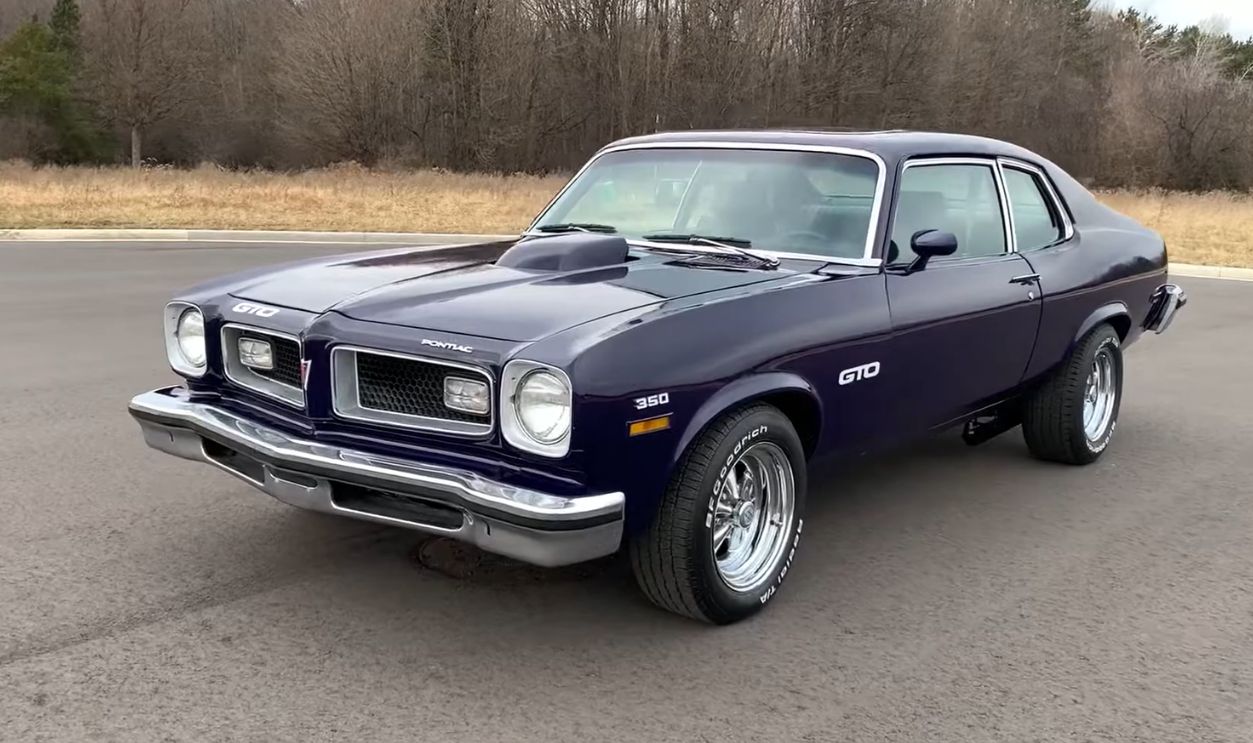 1974 Pontiac GTO, Kuyoth Klassics
1974 Pontiac GTO, Kuyoth Klassics
1974 Pontiac GTO (Cont'd)
It boasted a relatively poor performance package that produced just 200 hp, despite the four-barrel carburetor and an F41 Special Performance Suspension. Still, it didn't quite pack the punch of its predecessors, which is what disappointed most people who bought the car. The final year of the GTO was a flop, and one of the most successful Pontiacs ever went out with a whisper, rather than a bang.
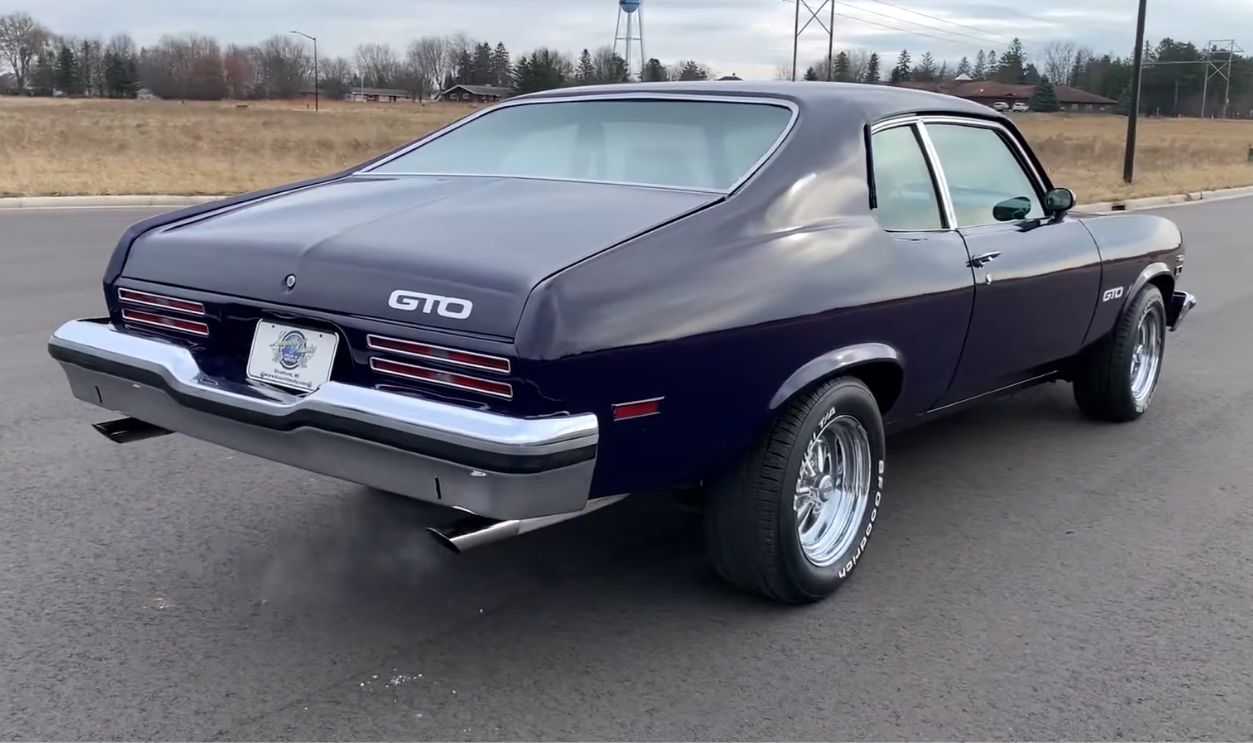 1974 Pontiac GTO, Kuyoth Klassics
1974 Pontiac GTO, Kuyoth Klassics
1975 Chevrolet Monza
What happens when you base a car on an already-unpopular station wagon? You get the 1975 Chevrolet Monza. Named after the Italian racetrack, the Monza was anything but quick. It was designed to be a subcompact muscle car to compete with the likes of the 1974 GTO. Instead, it failed miserably in practically every way.
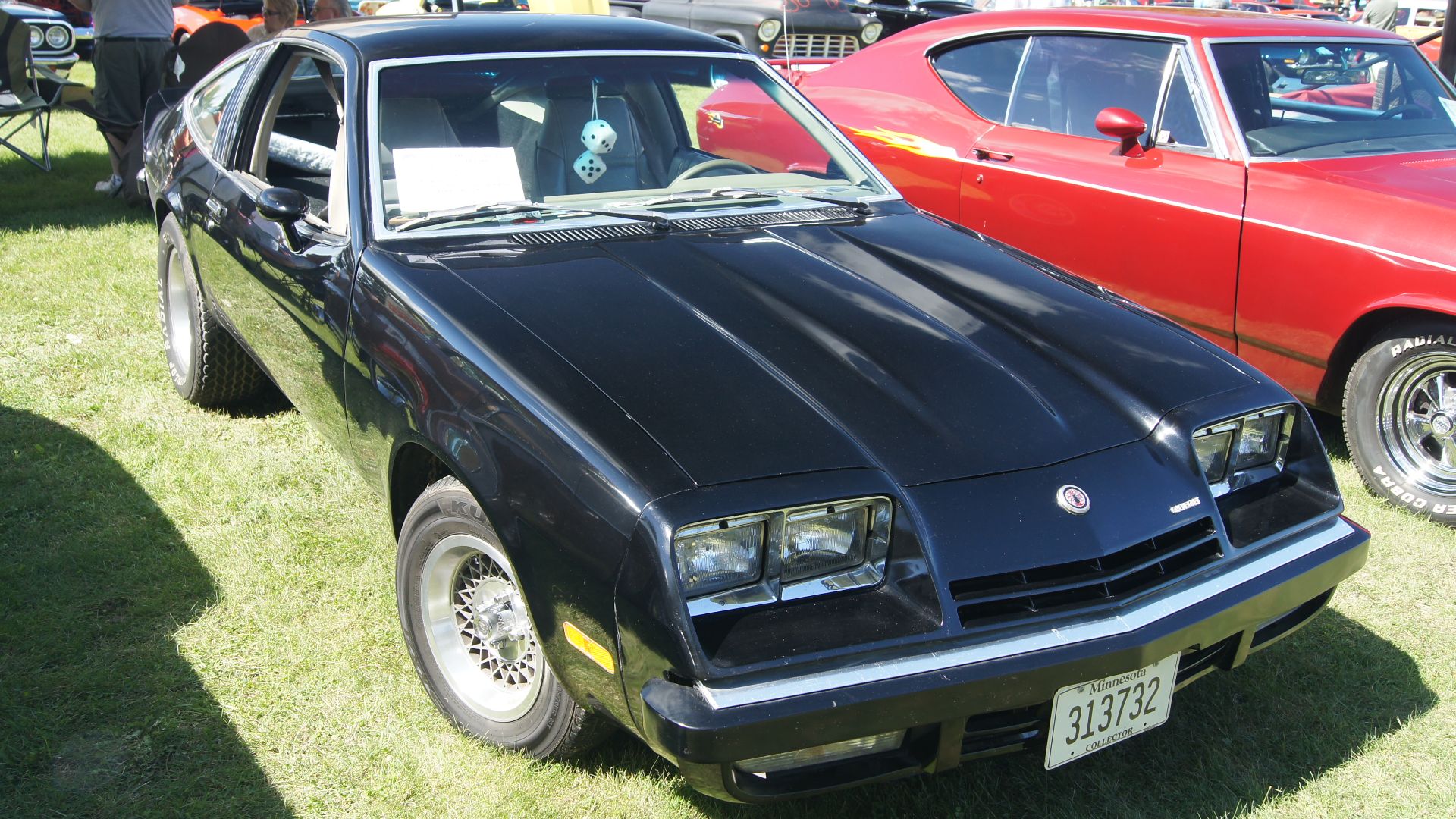 Greg Gjerdingen, Wikimedia Commons
Greg Gjerdingen, Wikimedia Commons
1975 Chevrolet Monza (Cont'd)
First, there was the rotary engine fiasco. Chevrolet had designed a rotary Wankel engine that failed to meet GM's emissions, durability, and reliability standards. The engine was cancelled in late 1974, which caused all sorts of problems for the production of the Monza. It was eventually swapped for a V8. Powered by a 4.3L OHV engine, the Monza had a top speed of 115 mph and went from 0 to 60 in 9.5 seconds.
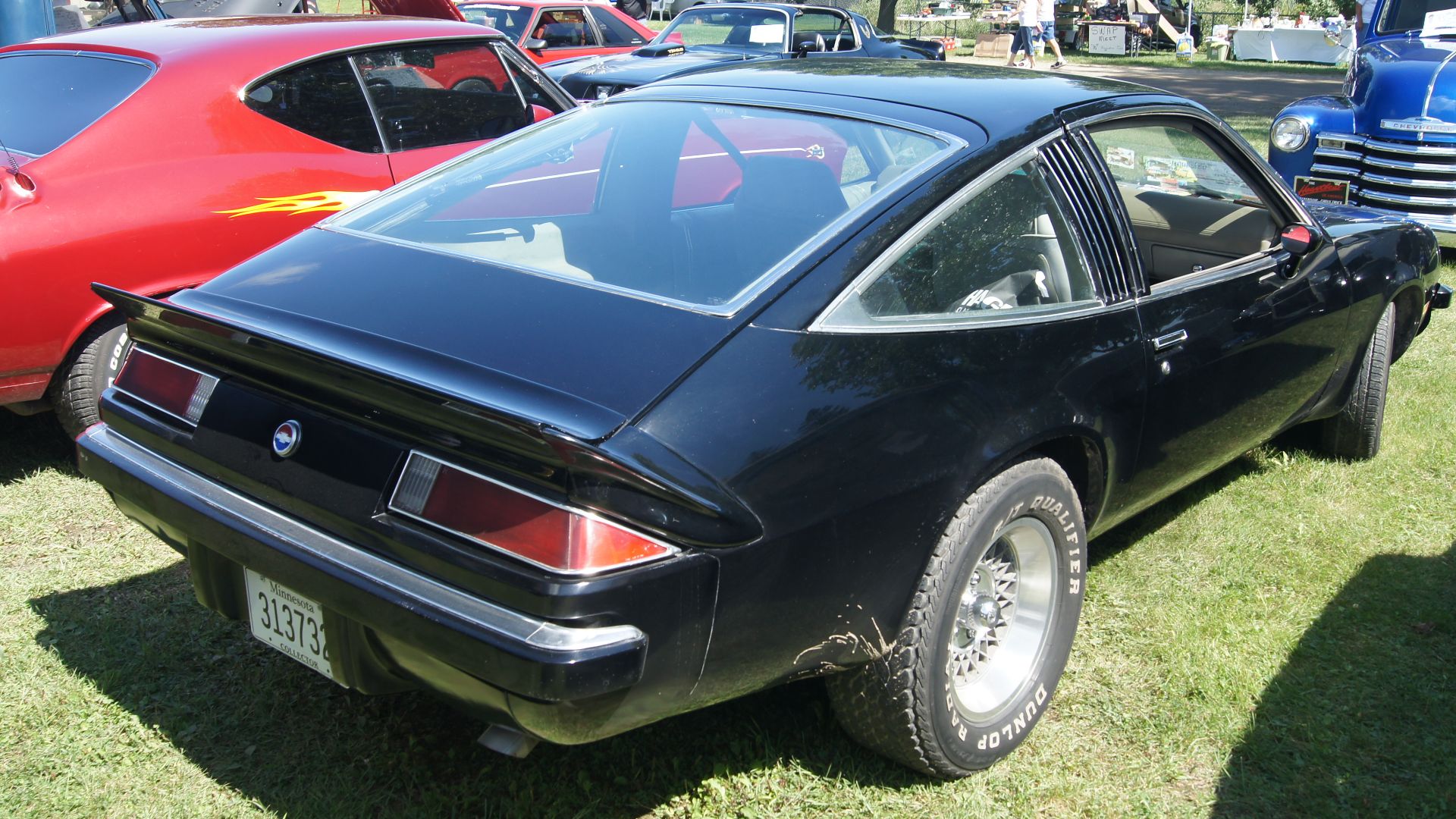 Greg Gjerdingen, Wikimedia Commons
Greg Gjerdingen, Wikimedia Commons
1976 Plymouth Volare Road Runner
The 1976 Plymouth Volare Road Runner was one of those muscle cars that showed a lot of promise, but ultimately delivered very little. The engine was a tiny 4.2L slant-six that produced just 90 hp, a far cry from the V8 power that its predecessors possessed. It had been compared to a "bulkier" second-generation Ford Mustang.
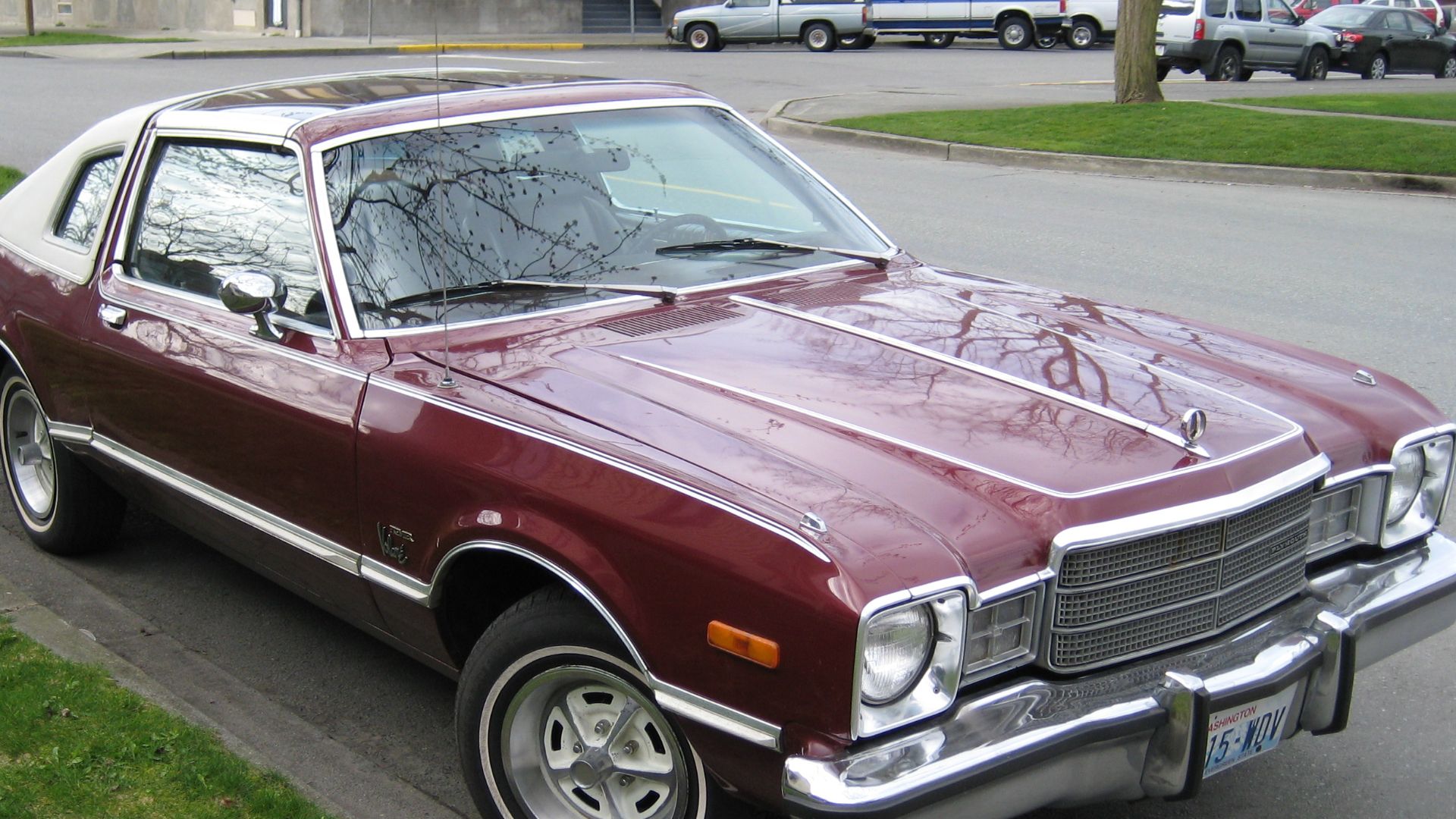 JOHN LLOYD from Concrete, Washington, United States, Wikimedia Commons
JOHN LLOYD from Concrete, Washington, United States, Wikimedia Commons
1976 Plymouth Volare Road Runner (Cont'd)
It's likely that financial pressure faced by Chrysler in the mid-1970s caused them to rush production of both the Volare and its sister car, the Dodge Aspen (we'll come to that later), to market ahead of schedule. They were six months ahead of schedule when the Road Runner was released. It was later subject to multiple recalls, thanks to its front fenders having a compromised crumple zone.
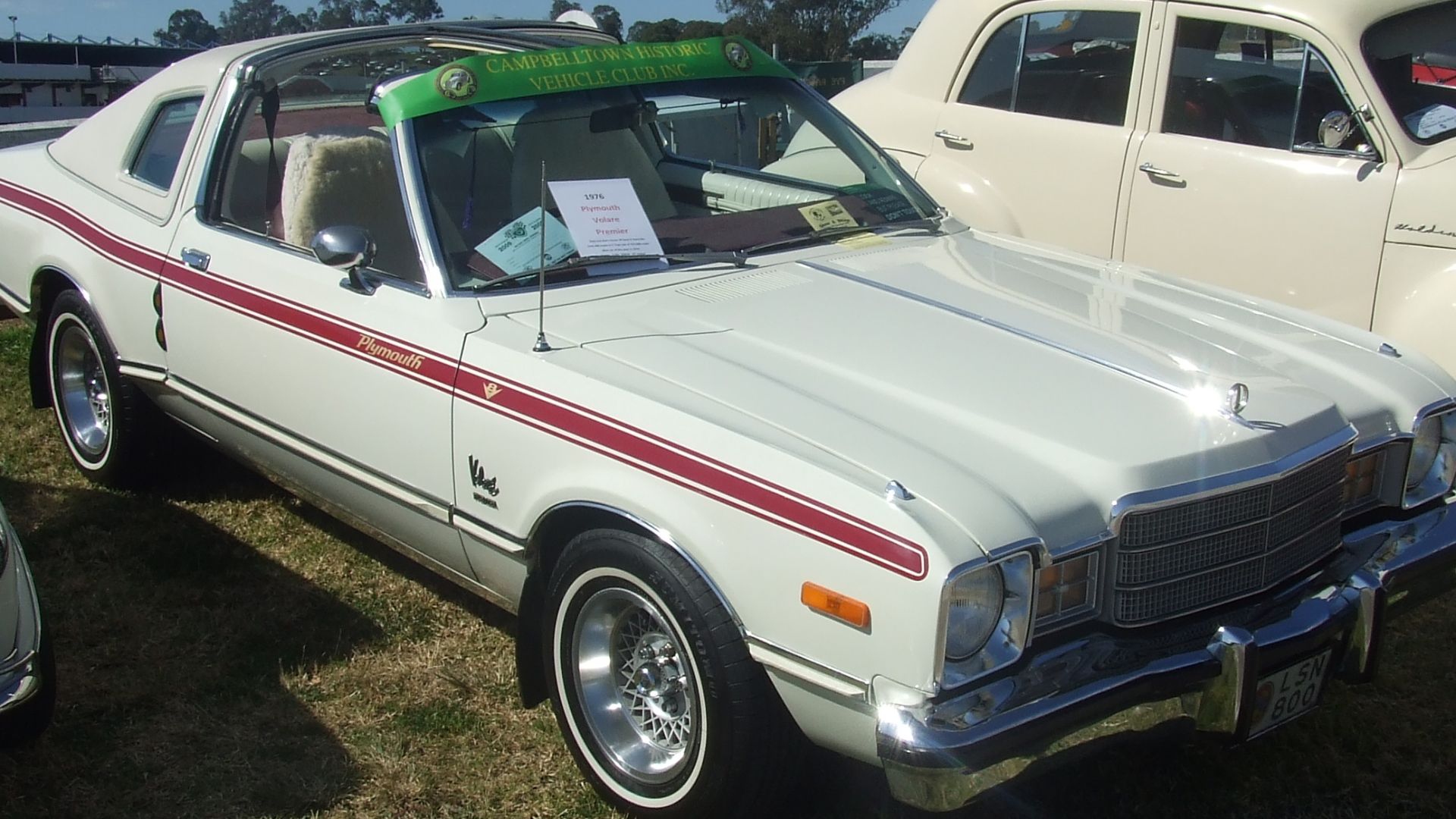 Jeremy from Sydney, Australia, Wikimedia Commons
Jeremy from Sydney, Australia, Wikimedia Commons
1977 Pontiac Trans Am
Despite the iconic status of the Pontiac Trans Am, the 1977 version of the Trans Am (the one that became iconic thanks to Smokey & the Bandit) just never lived up to the hype. It was underpowered thanks to a Chevy 305 V8 that produced just 125 hp and took nearly 13 seconds to hit 60 mph. Poor performance for something that was expected to blow your socks off.
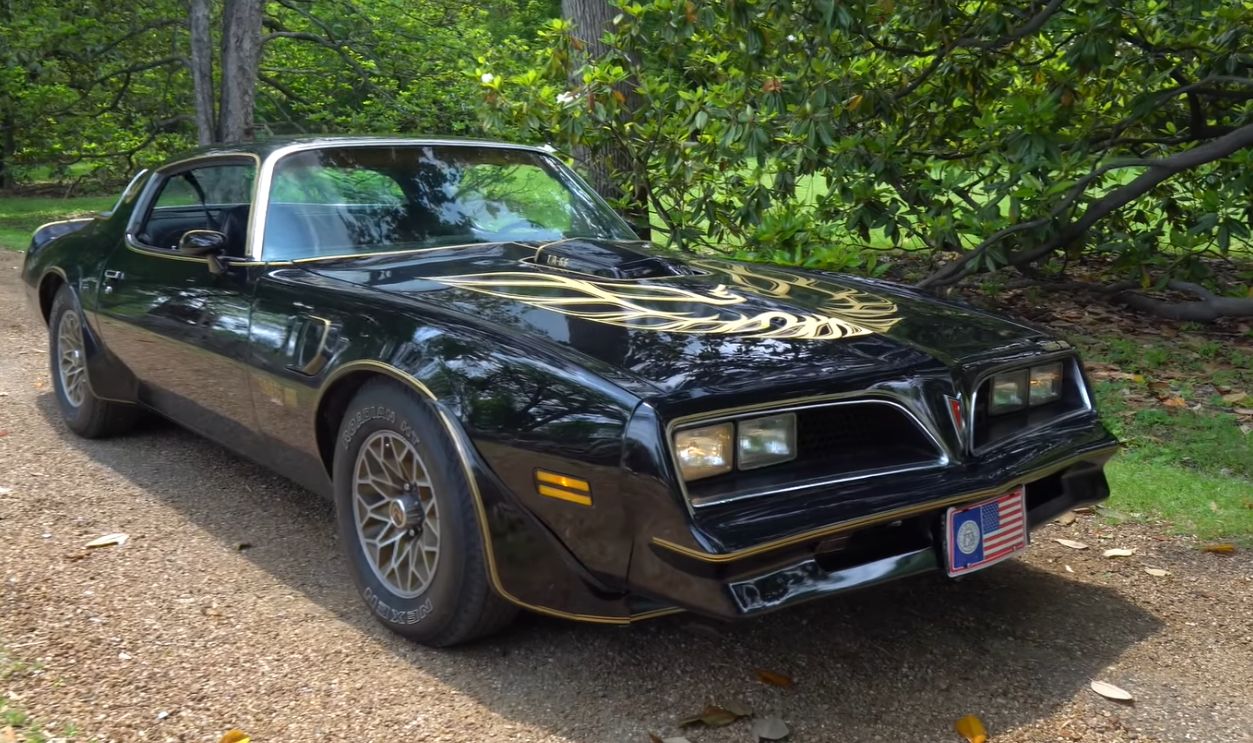 I Bought a 1977 Pontiac Trans Am – My Dream Car!, Drive 615
I Bought a 1977 Pontiac Trans Am – My Dream Car!, Drive 615
1977 Pontiac Trans Am (Cont'd)
Despite the overall poor performance of the '77 Trans Am, it couldn't escape the fame brought to it by Smokey & The Bandit; the car became iconic, and to own one today makes it an instant collectible. Owners at the time mightn't have thought much of the '77 Trans Am, compared to the Firebird or other higher-performance cars of the era, but it's still a historical piece today.
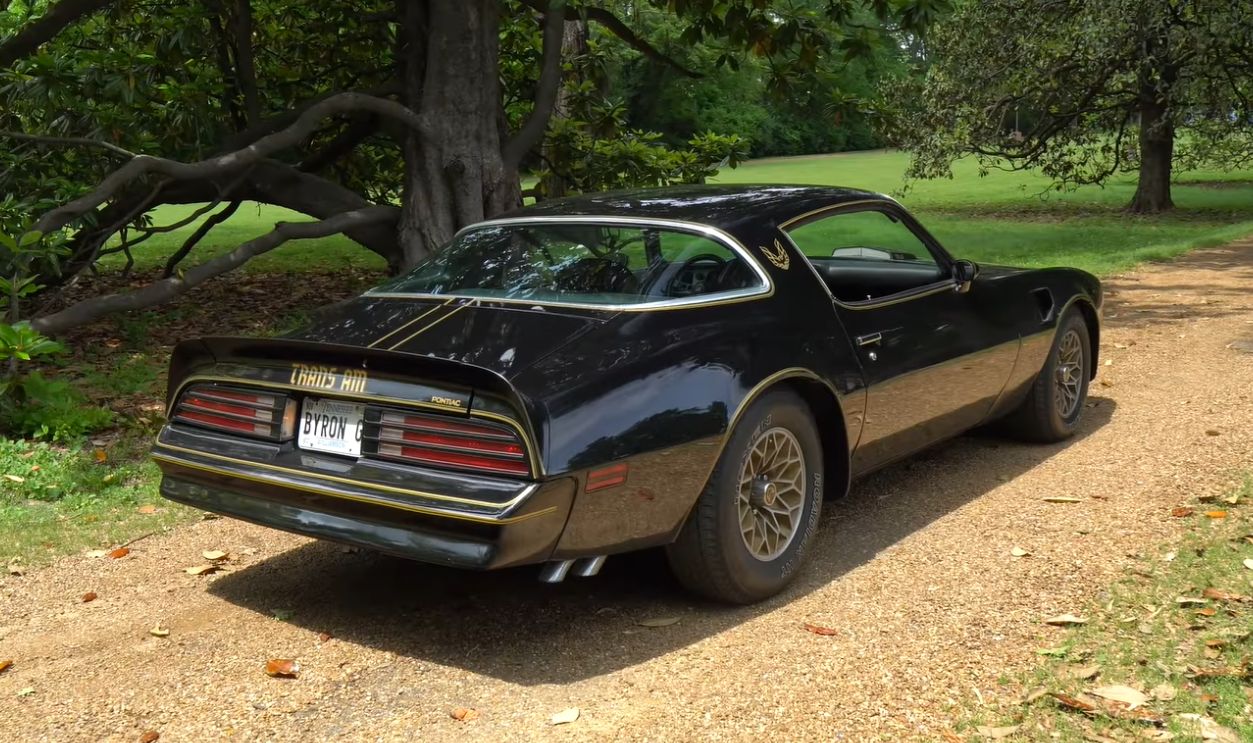 I Bought a 1977 Pontiac Trans Am – My Dream Car!, Drive 615
I Bought a 1977 Pontiac Trans Am – My Dream Car!, Drive 615
1975 Ford Mustang II Mach 1
The Mustang II was poorly received by the American people, and so, too, was the Ford Mustang Mach 1—a performance and appearance package upgrade to the Mustang II. The Mustang II "gained" a 2.3L four-cylinder V6 engine which claimed to be capable of 34 mpg. At least it was fuel efficient, even if it wasn't particularly fast or exciting.
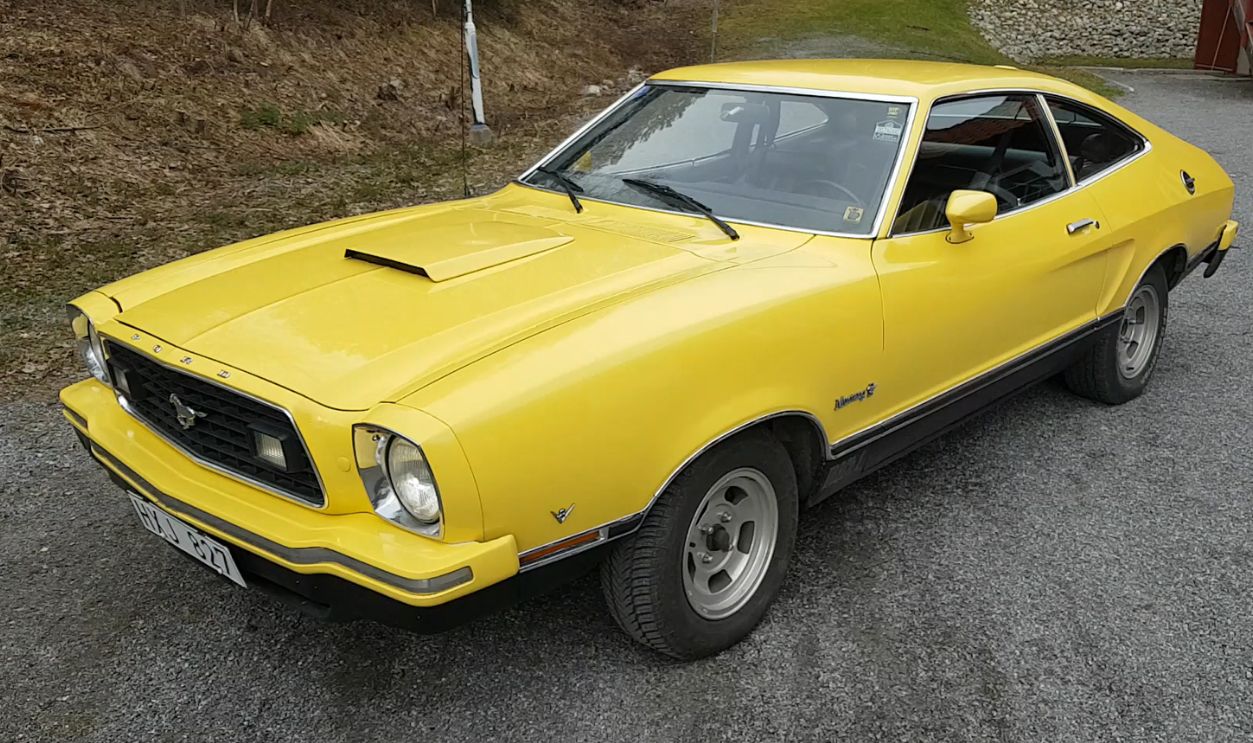 My Ford Mustang II Mach 1 1975, KingCobraSwe
My Ford Mustang II Mach 1 1975, KingCobraSwe
1975 Ford Mustang II Mach 1 (Cont'd)
Not only did the Ford Mustang II Mach 1 have an unexciting engine, but it also boasted a hood scoop and a rear spoiler, along with a fastback that looked more reminiscent of the classic Mustang. But the damage was done under the hood, and Ford (and its customers) quickly looked to put the Mustang II in the rearview mirror.
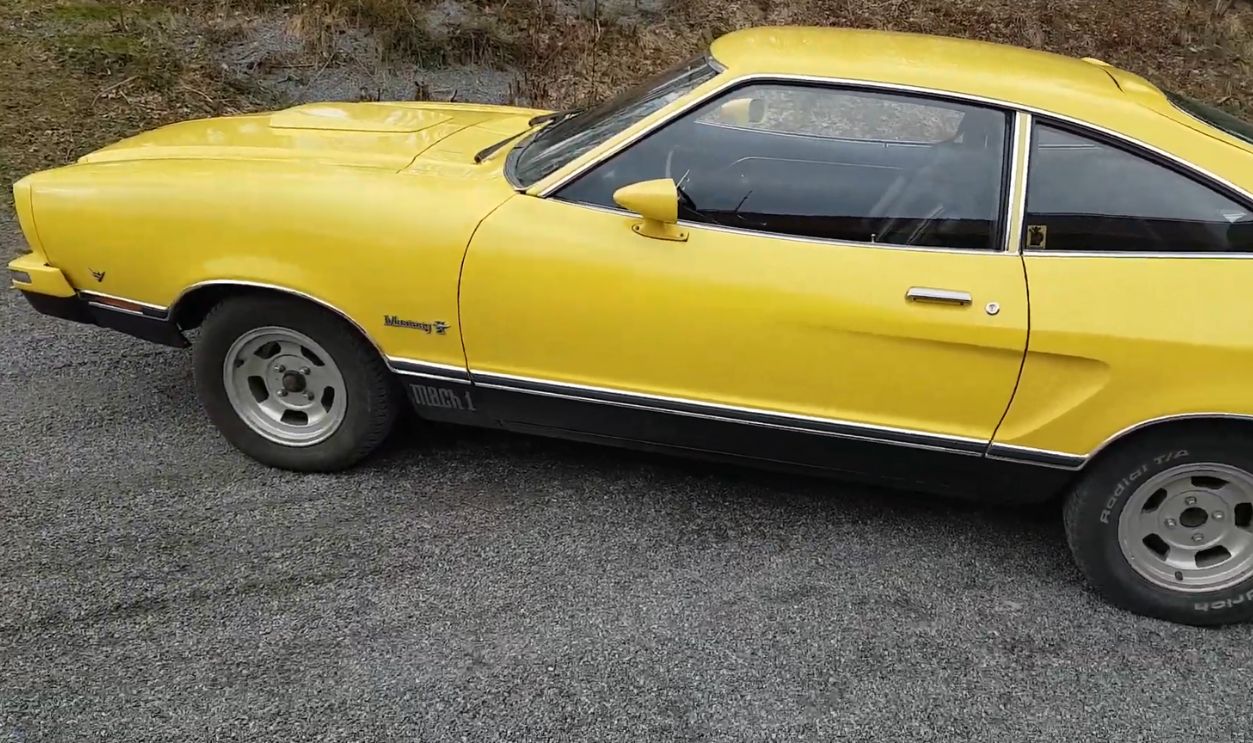 My Ford Mustang II Mach 1 1975, KingCobraSwe
My Ford Mustang II Mach 1 1975, KingCobraSwe
1962 Dodge Dart
Despite being made almost 10 years prior to the "Golden Age" of muscle cars, the 1962 Dodge Dart was "horrible" in every way, according to most drivers of the day, but it's also widely considered one of the first muscle cars ever, thanks to its Max Wedge V8 engine. But that was where the "muscle" of the Dart began and ended.
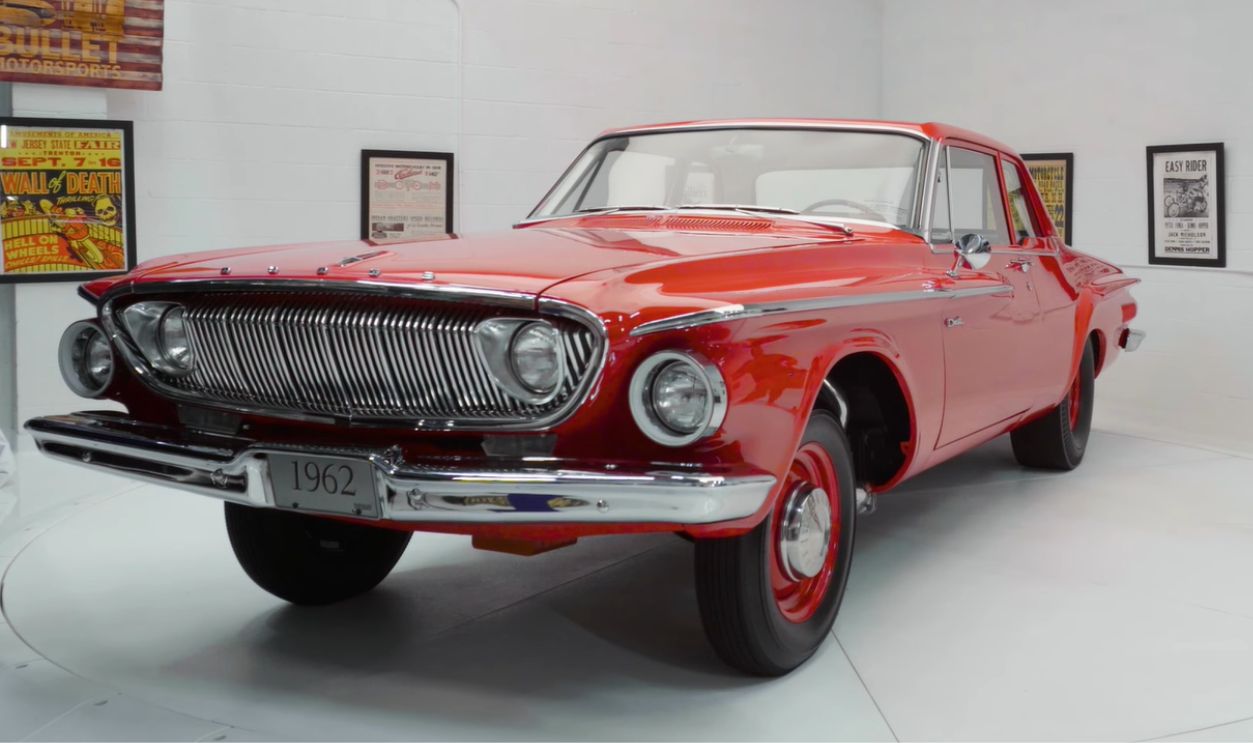 1962 Dodge Dart | 413 Max Wedge | Review Series | [4K] |, BulletmotorsportsInc
1962 Dodge Dart | 413 Max Wedge | Review Series | [4K] |, BulletmotorsportsInc
1962 Dodge Dart (Cont'd)
It had very weird styling that was poorly received. Lights set inside the front grille, along with other lights beside a weird elongated ovular grille, a sloping hood, and a small windshield. It looked like it had been meant as a full-sized car that had been shrunk at the final moment. It was a very strange muscle car that was redesigned swiftly after just one year.
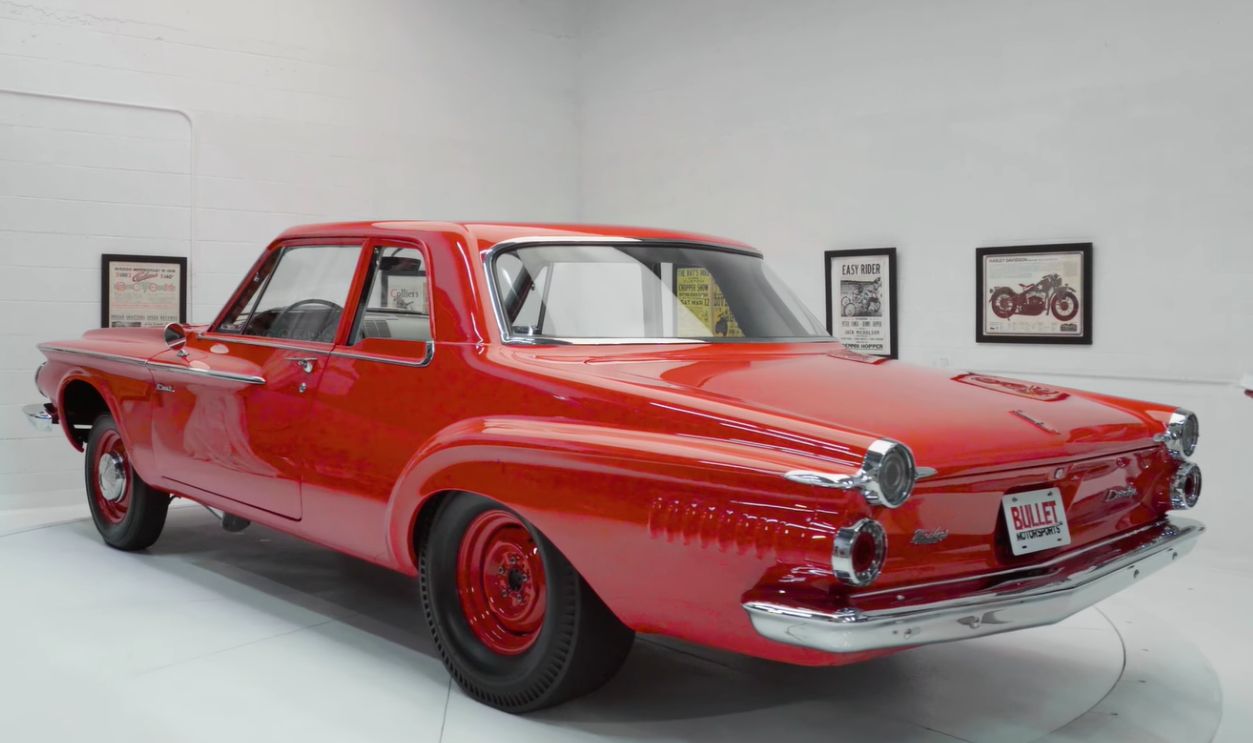 1962 Dodge Dart | 413 Max Wedge | Review Series | [4K] |, BulletmotorsportsInc
1962 Dodge Dart | 413 Max Wedge | Review Series | [4K] |, BulletmotorsportsInc
1978 Dodge Challenger
Known as "the forgotten Challenger", the 1978 Dodge Challenger was based on the Japanese Mitsubishi Galant Lambda. The Challenger featured a split grille, long hood, and a curved back that offered a sporty look. Unfortunately, the look was about where the sportiness ended. It had a low-power 2.6L four-cylinder engine that produced just 105 hp, hitting 60 mph in 10 seconds. Although, its radial tires and lighter weight composition helped here.
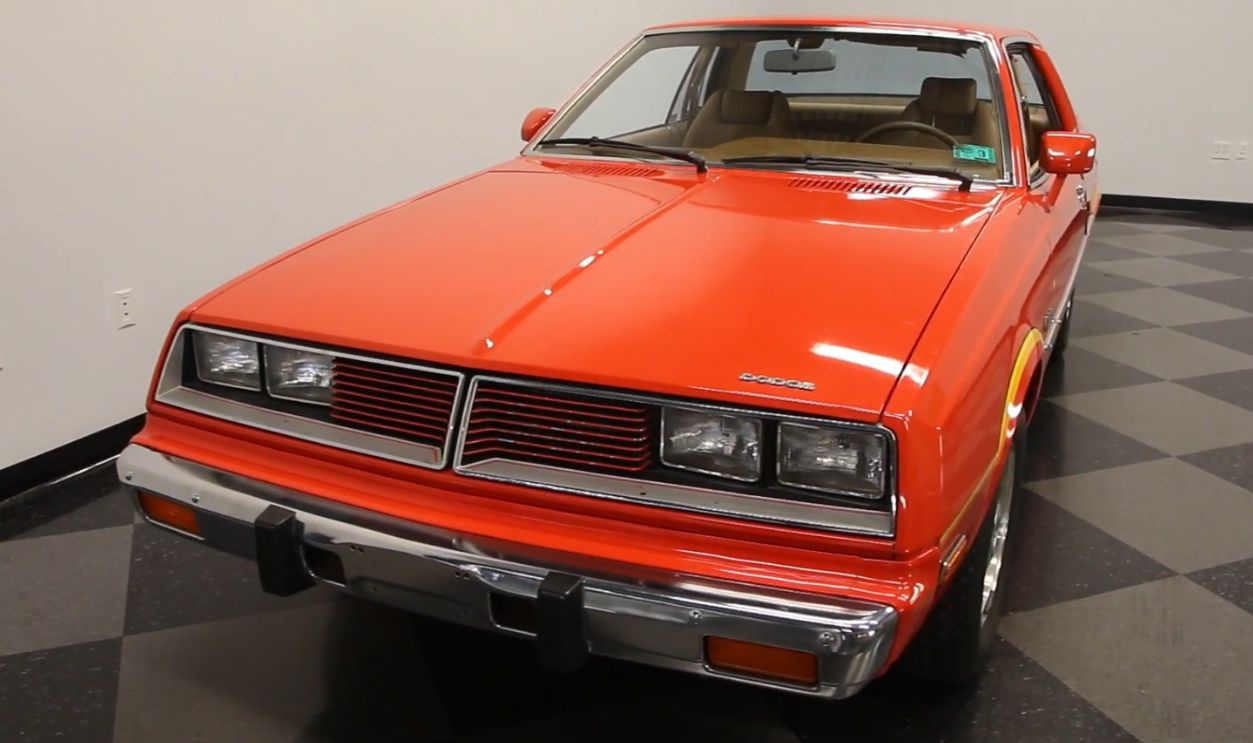 535 TPA 1978 Dodge Challenger, Streetside Classics
535 TPA 1978 Dodge Challenger, Streetside Classics
1978 Dodge Challenger (Cont'd)
Although most were happy with their more compact cousins of the OG Challenger of yesteryear (powered by a Hemi V8), the 1978 Challenger can't help but be remembered (or forgotten) as a muscle car that tried, but failed, to capture the public's attention.
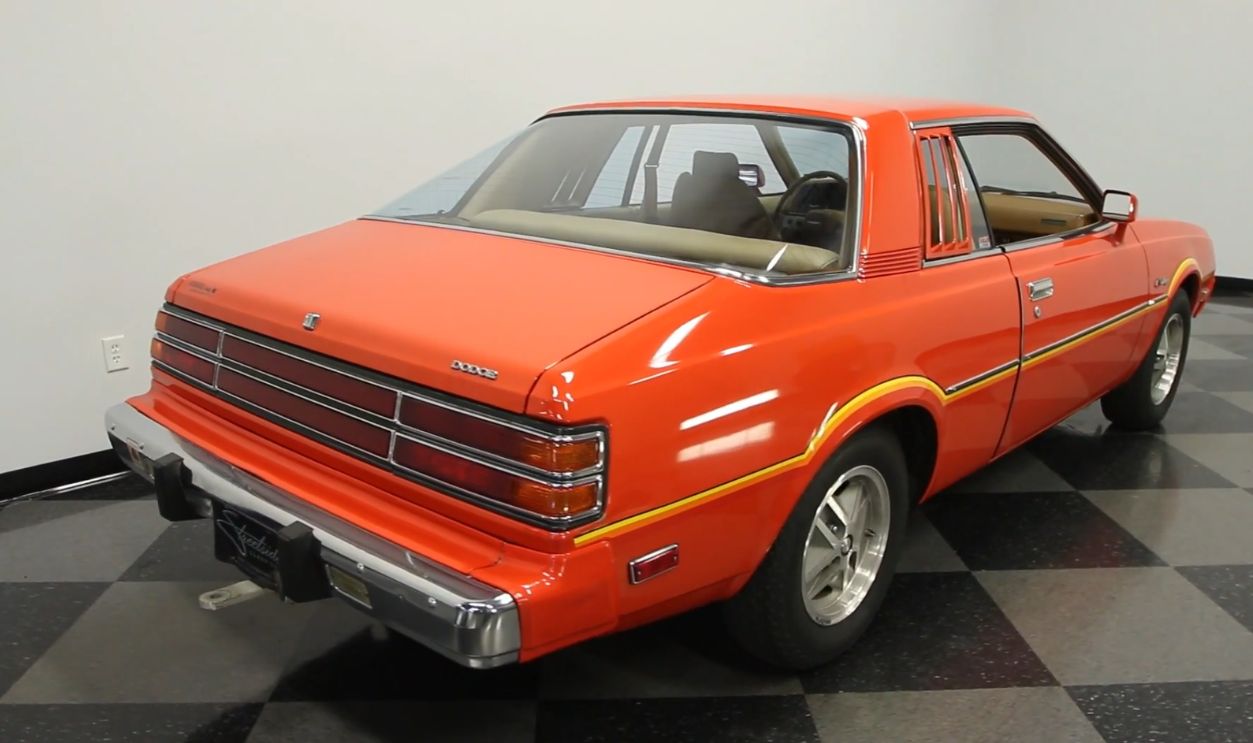 535 TPA 1978 Dodge Challenger, Streetside Classics
535 TPA 1978 Dodge Challenger, Streetside Classics
1980 Chevrolet Citation X-11
The Chevrolet Citation X-11 was the first-ever Chevy to have front-wheel drive. It shed 20 inches of length and four inches of width in Chevrolet's bid to produce a compact muscle car. Although, as you've seen, compact muscle cars are rarely a hit. It was less powerful than the Camaro Z-28 and the Citation line for Chevrolet was terminated in 1984, after only four years of production.
1980 Chevrolet Citation X-11 (Cont'd)
The initial craze around the original Citation model must have left Chevrolet feeling hopeful. It was the best-selling car in the US in 1980, equipped with Rallye rims and Goodyear white-letter tires. In 1981, the Citation X-11 took 8.5 seconds to reach 60 mph; by the time the car was "upgraded" in 1984/85, it took 9.4 seconds. Somehow, Chevrolet had made the X-11 slower.
1977 Chevrolet Camaro Z-28
Despite producing a respectable horsepower number of 185 hp, and being powered by a 5.7L V8 engine, the 1977 Camaro Z-28 will be forgotten thanks to the clout of its competitors. Despite coming with a standard F41 Sport Performance suspension, the handling felt soft and weak compared to previous versions.
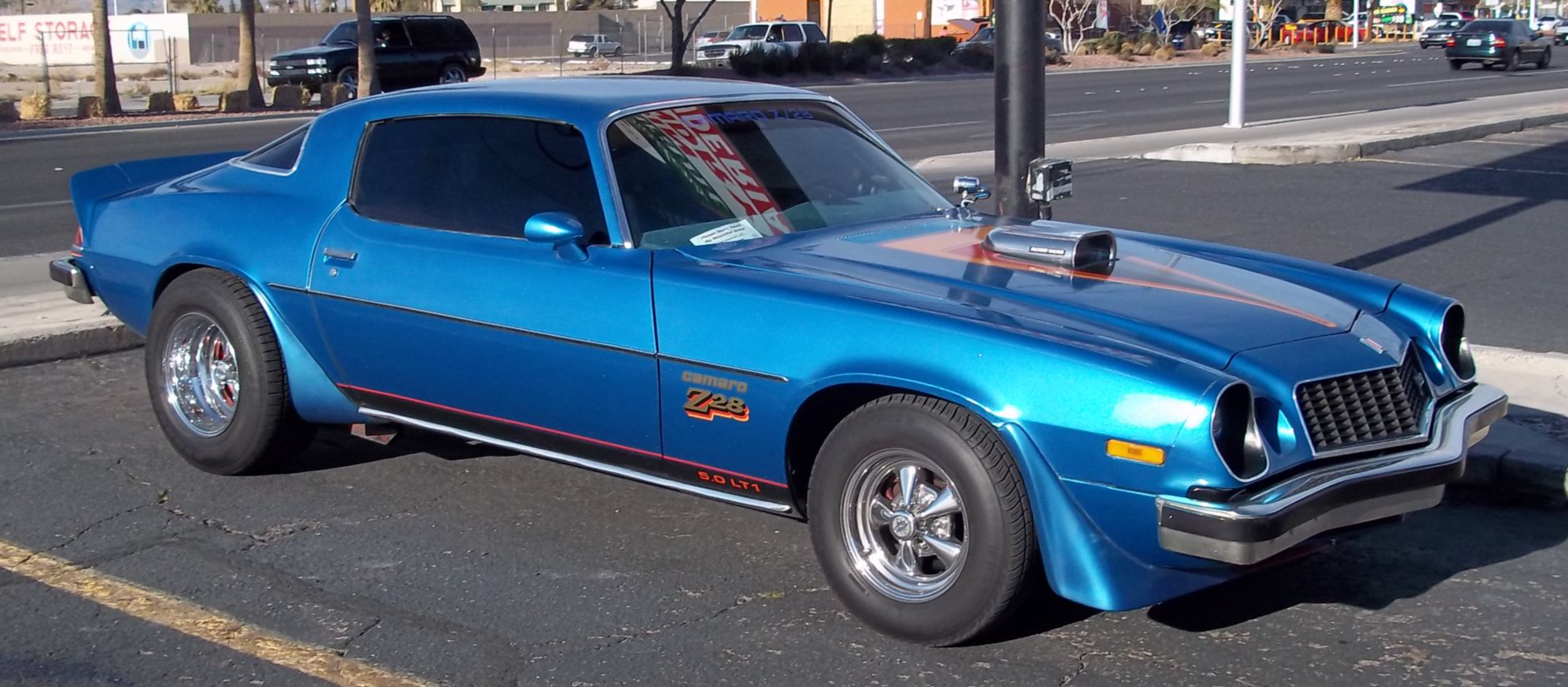 time anchor from Las Vegas, Nevada, U.S.A., Wikimedia Commons
time anchor from Las Vegas, Nevada, U.S.A., Wikimedia Commons
1977 Chevrolet Camaro Z-28 (Cont'd)
Despite having the most powerful engine that Chevrolet offered (the LM1), air conditioning, intermittent wipers, and an automatic transmission to boot, Chevrolet did away with most of the "big engine" bits that made its predecessors go. No four-bolt main engine block, no forged crank or pistons, no big valve heads, and even the performance camshaft bit the dust. Chevrolet would regret that, as just 13,000 Camaro Z-28s sold in 1977.
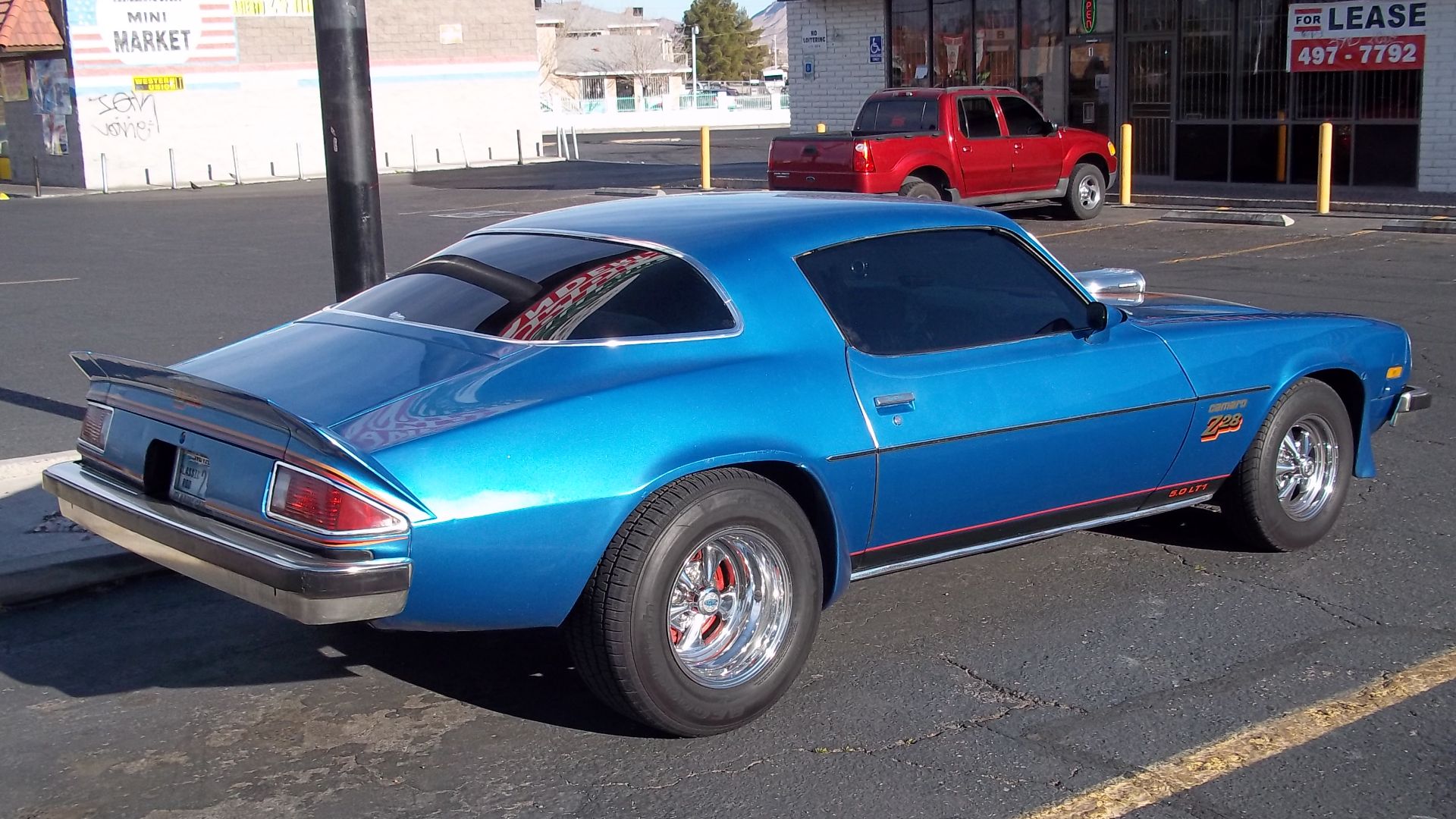 time anchor from Las Vegas, Nevada, U.S.A., Wikimedia Commons
time anchor from Las Vegas, Nevada, U.S.A., Wikimedia Commons
1980 Chevrolet Corvette California 305
Ah, the California version of the classic Corvette. Way to take a powerhouse and break it down with emissions regulations, California. That's what happened to the 1980 Corvette California 305. California's emissions regulations forced Chevrolet to swap the standard 5.7L V8 to a 5.0L V8 in its Corvette. This meant 180 hp instead of 230 and a less efficient three-speed automatic transmission.
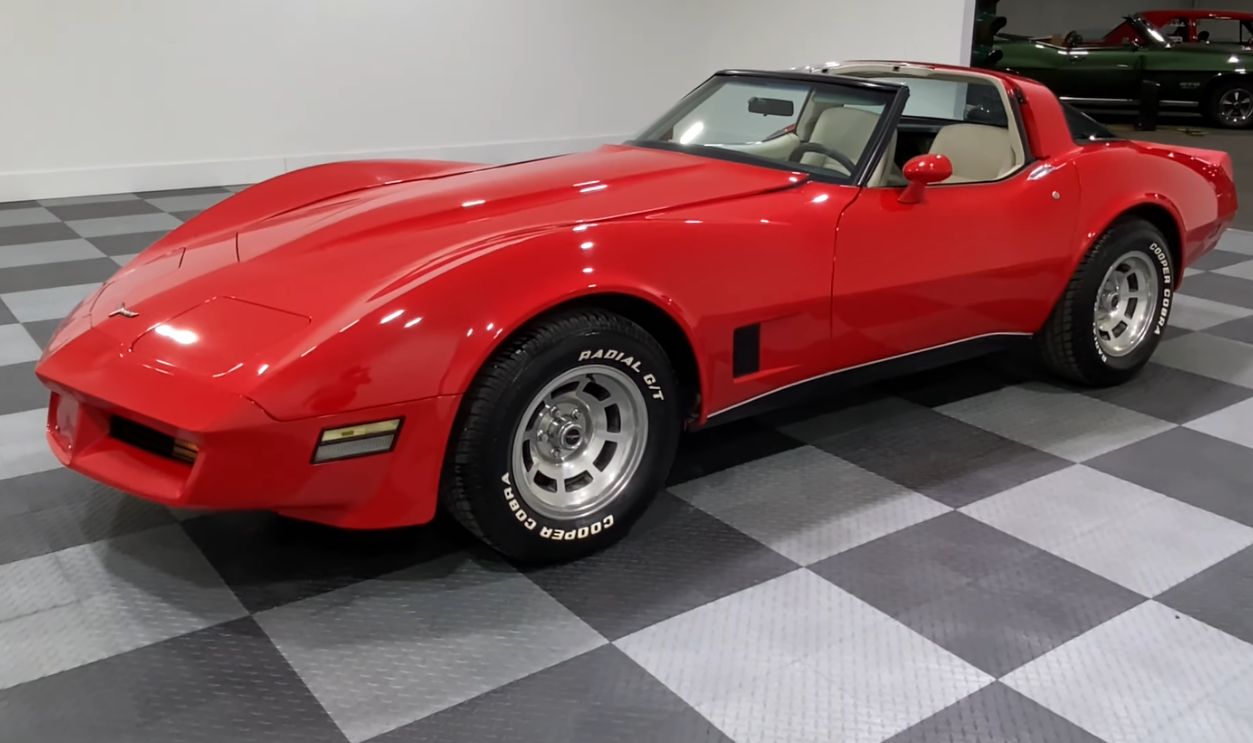 1980 Chevrolet Corvette, Gearhead Classics
1980 Chevrolet Corvette, Gearhead Classics
1980 Chevrolet Corvette California 305 (Cont'd)
The three-speed transmission sucked all out of the life and gusto out of the 305, causing customers to be very unhappy and TIME magazine to list it on the 50 Worst Muscle Cars Of All Time. It's generally considered one of the worst Corvettes ever built.
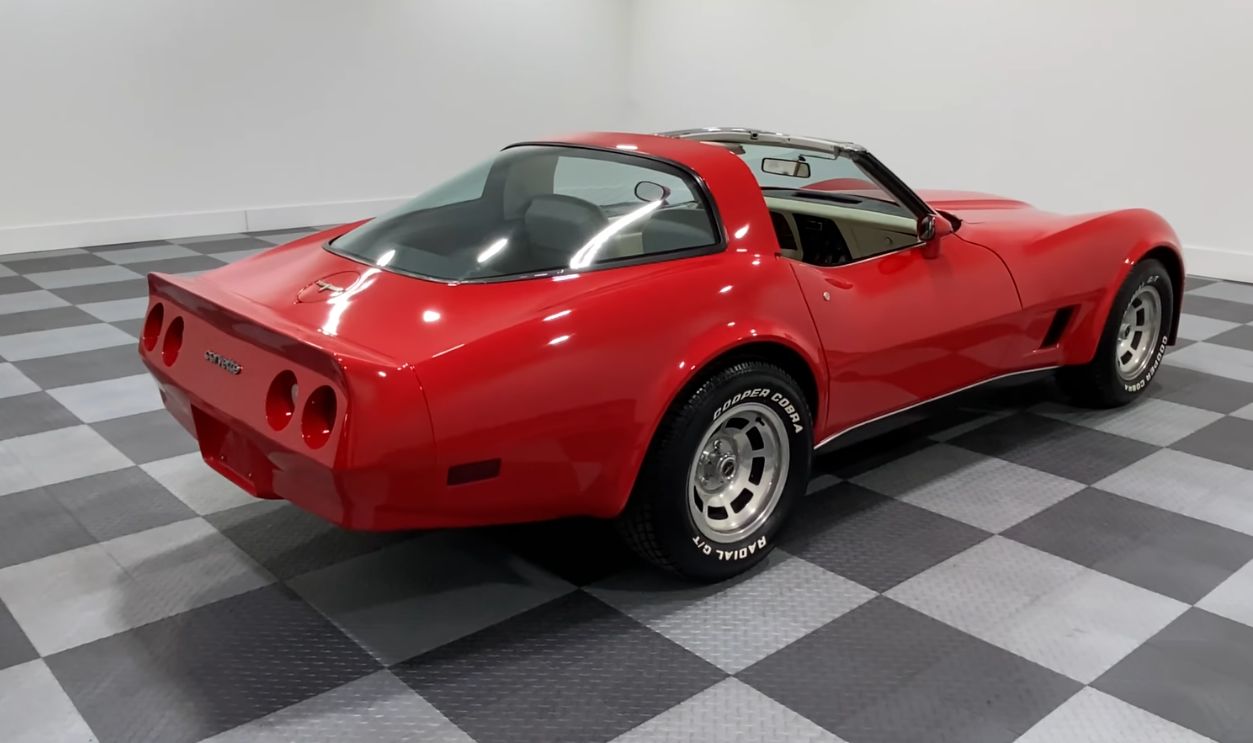 1980 Chevrolet Corvette, Gearhead Classics
1980 Chevrolet Corvette, Gearhead Classics
1980 Mercury Capri Turbo RS
Ford went European in 1980, trying to sell Americans on the tiny 2.3L turbocharged four-cylinder Mercury Capri Turbo RS as a compact muscle car. It was (reportedly) difficult to drive and much less powerful than the standard V8s that Ford die-hards had come to expect.
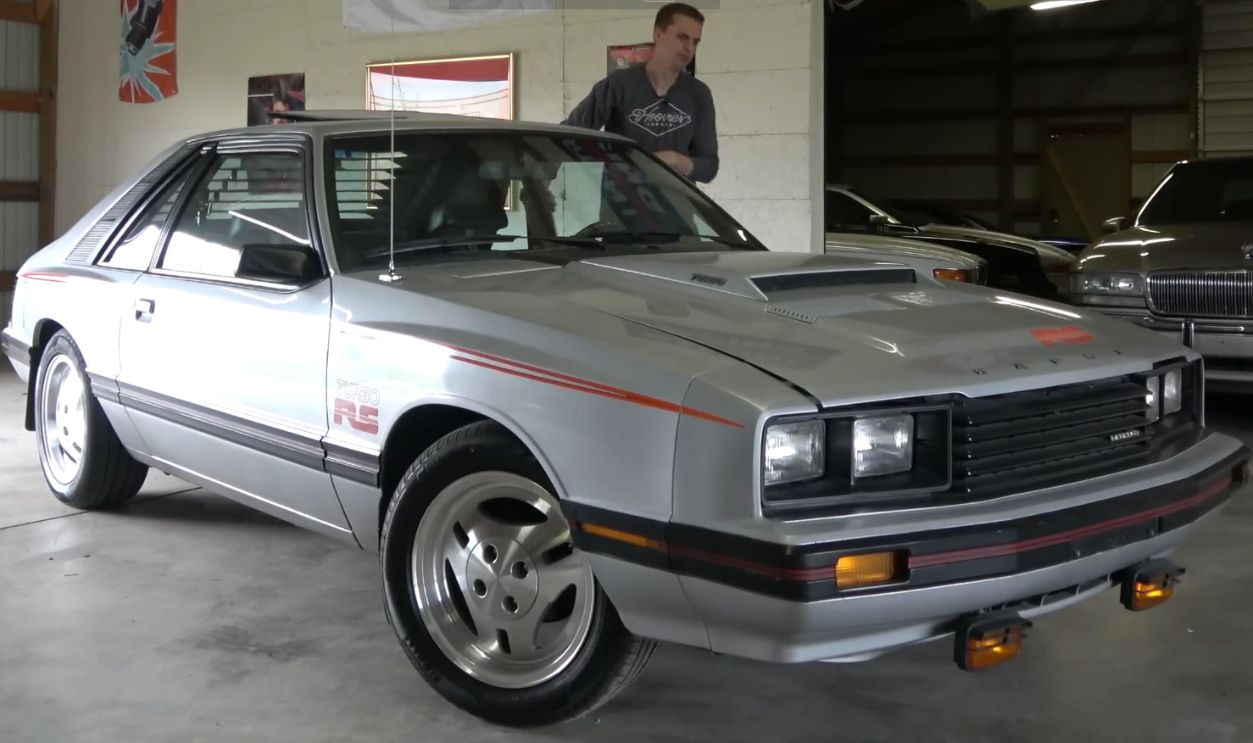 The Mercury Capri RS Turbo is the Weirdest Fox Body Mustang, Hoovies Garage
The Mercury Capri RS Turbo is the Weirdest Fox Body Mustang, Hoovies Garage
1980 Mercury Capri Turbo RS (Cont'd)
The Mercury Capri Turbo RS didn't sell well in the United States, despite Ford's somewhat laudable goals. In 1984, the model was re-released as a special edition with a silver paint job, a multi-port injection four-cylinder engine, sway bars, and a hood scoop. While it was interesting, it was like putting lipstick on a pig at that point.
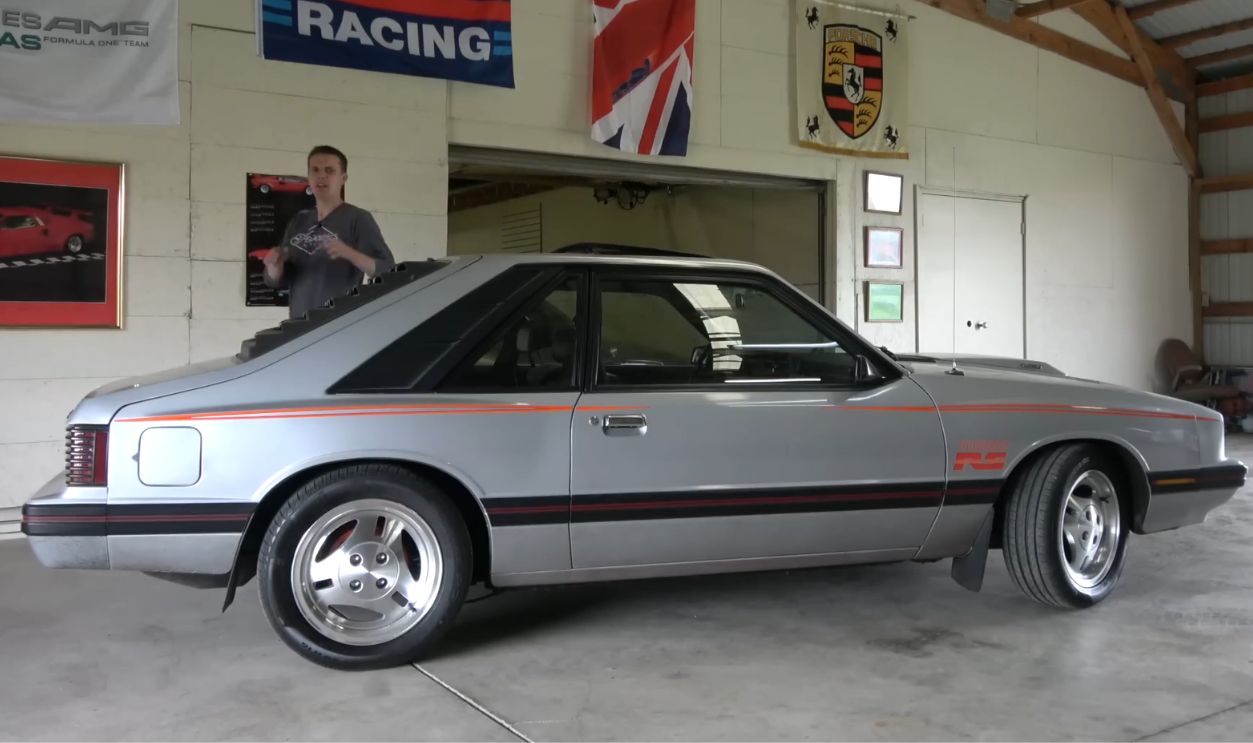 The Mercury Capri RS Turbo is the Weirdest Fox Body Mustang, Hoovies Garage
The Mercury Capri RS Turbo is the Weirdest Fox Body Mustang, Hoovies Garage
1980 Pontiac Grand Prix
Pontiac tried (twice) to make the Grand Prix the muscle car of the 1980s. Powered by a 4.3L V8 engine that produced 125 hp, while big and bulky like most of its counterparts in the mid-size luxury "muscle" car market, the Grand Prix couldn't keep up with the sales figures. Just under 115,000 sold in the first year—a figure dwarfed by competitors.
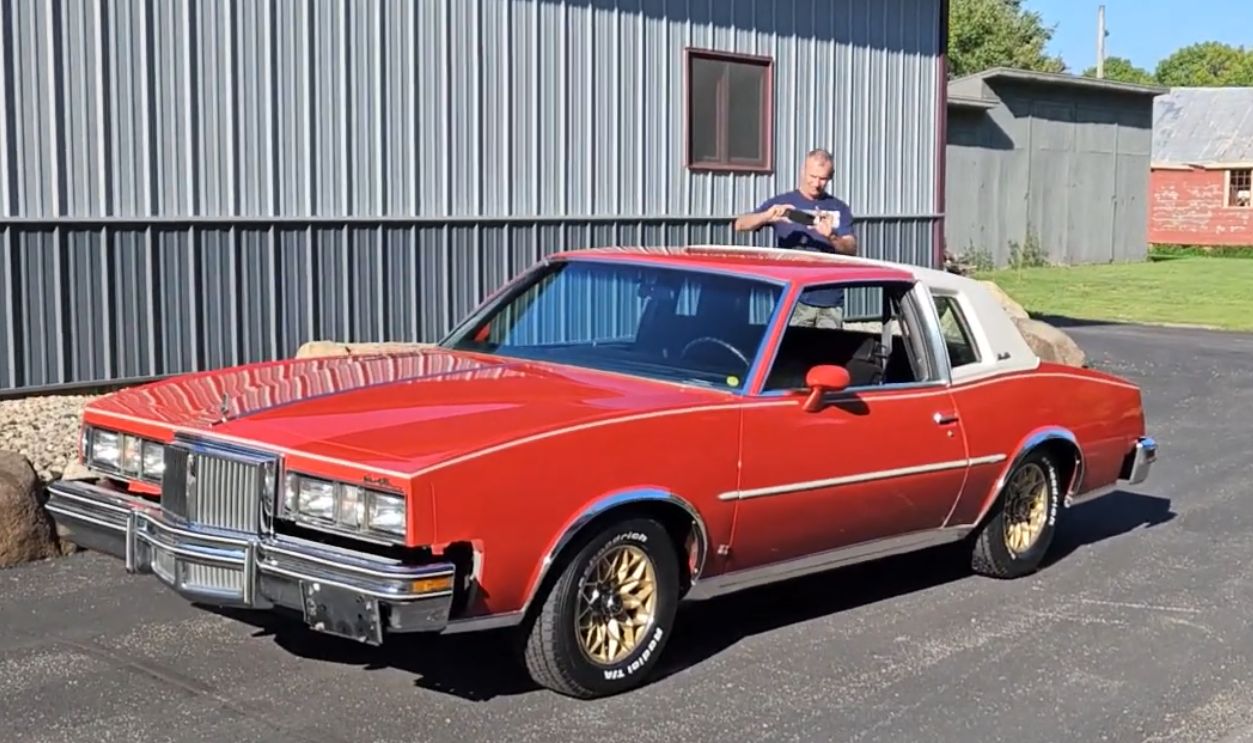 1980 Pontiac Grand Prix Inspection, Buy Gone Classics
1980 Pontiac Grand Prix Inspection, Buy Gone Classics
1980 Pontiac Grand Prix (Cont'd)
The Grand Prix definitely was a victim of poor design and a lack of foresight, but it was also a victim of a changing car market and GM's failure to recognize the needs and wants of the public. The era of the personal luxury car was over, and the Grand Prix's attempt to see that era out with a bang was ultimately unsuccessful.
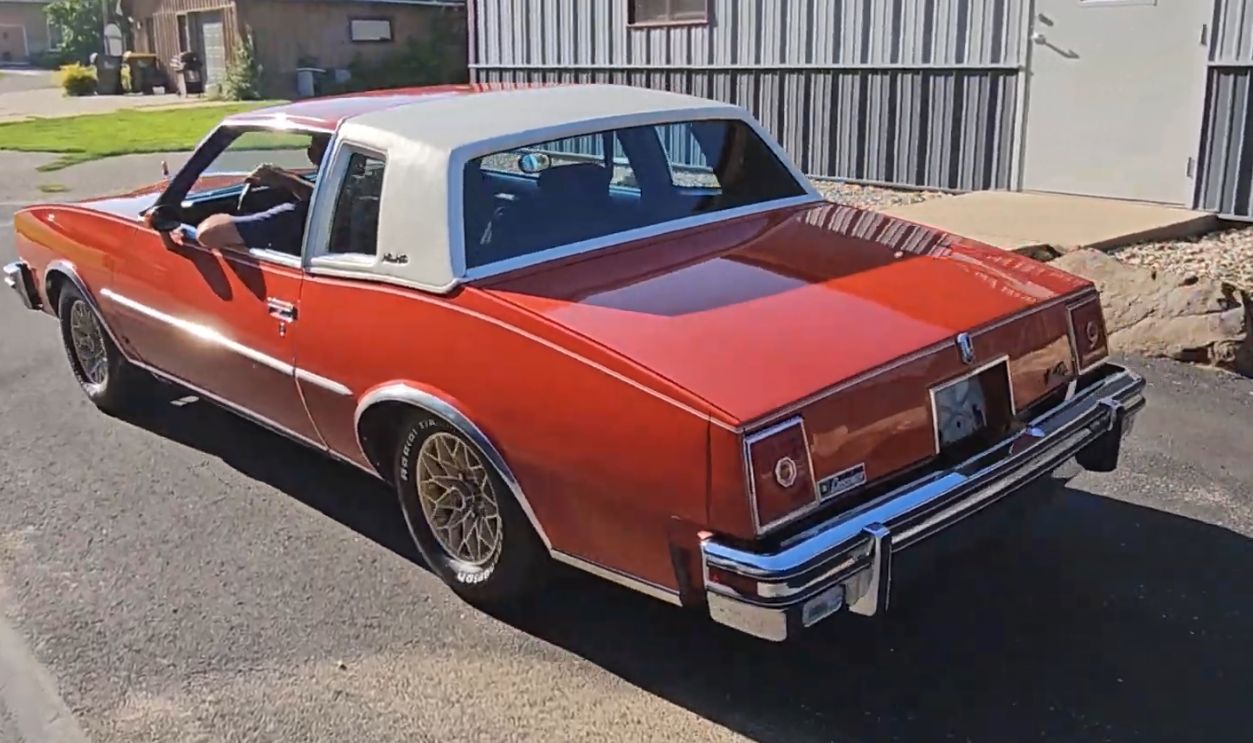 1980 Pontiac Grand Prix Inspection, Buy Gone Classics
1980 Pontiac Grand Prix Inspection, Buy Gone Classics
1986 Pontiac Grand Prix
Known as the "Aerocoupe", the 2+2 sedan was a street car that was mainly used as a testing ground for aerodynamics, intended for NASCAR. Pontiac unveiled the newly revised Grand Prix in 1986, which featured glass bubble rear windows and a rear-deck spoiler. A long hood with a nose that was made entirely of plastic didn't help matters.
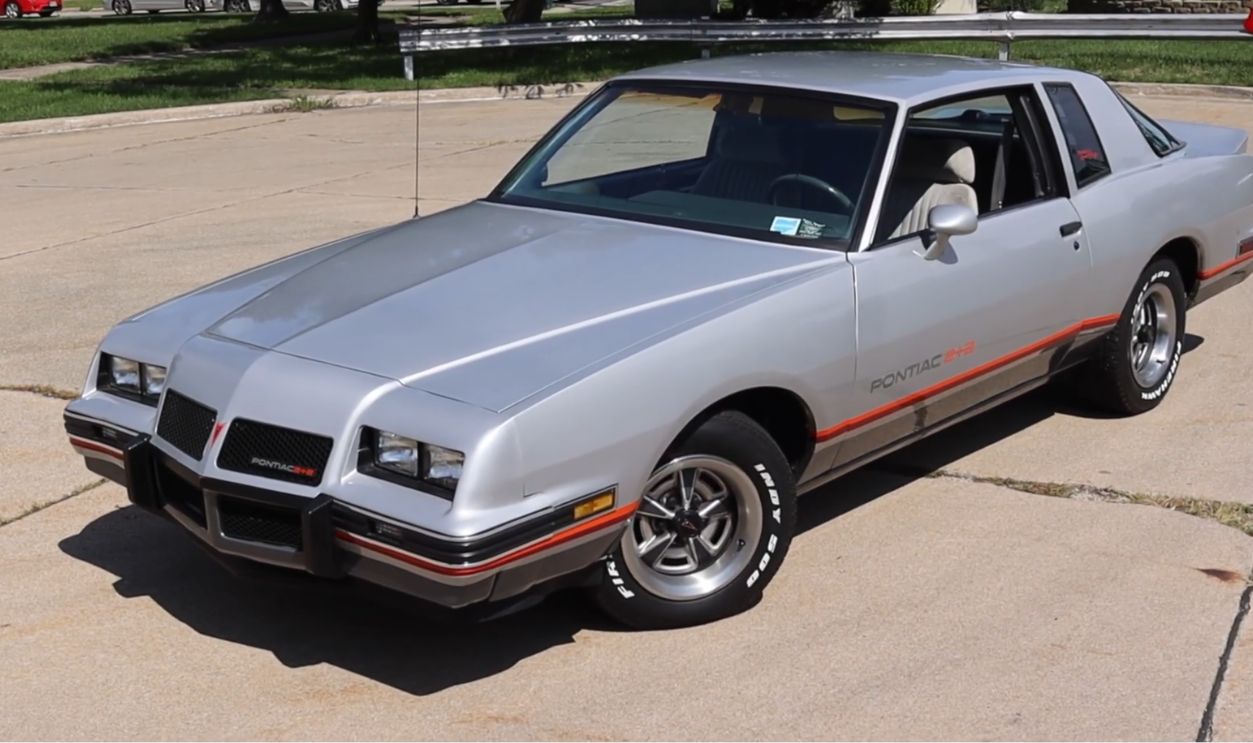 1986 Pontiac Grand Prix 2+2 Aerocoupe Review - A RARE Nascar Homologation Car!, Shooting Cars
1986 Pontiac Grand Prix 2+2 Aerocoupe Review - A RARE Nascar Homologation Car!, Shooting Cars
1986 Pontiac Grand Prix (Cont'd)
Sales figures for the weird-looking Grand Prix were also in the toilet: just 1,225 were produced for the 1986 model year. All were painted in silver, as that was the only color option available to you. The front headlights had a very non-muscle, even non-performance look to them. Honestly, it was just an awful auto for the mid-1980s.
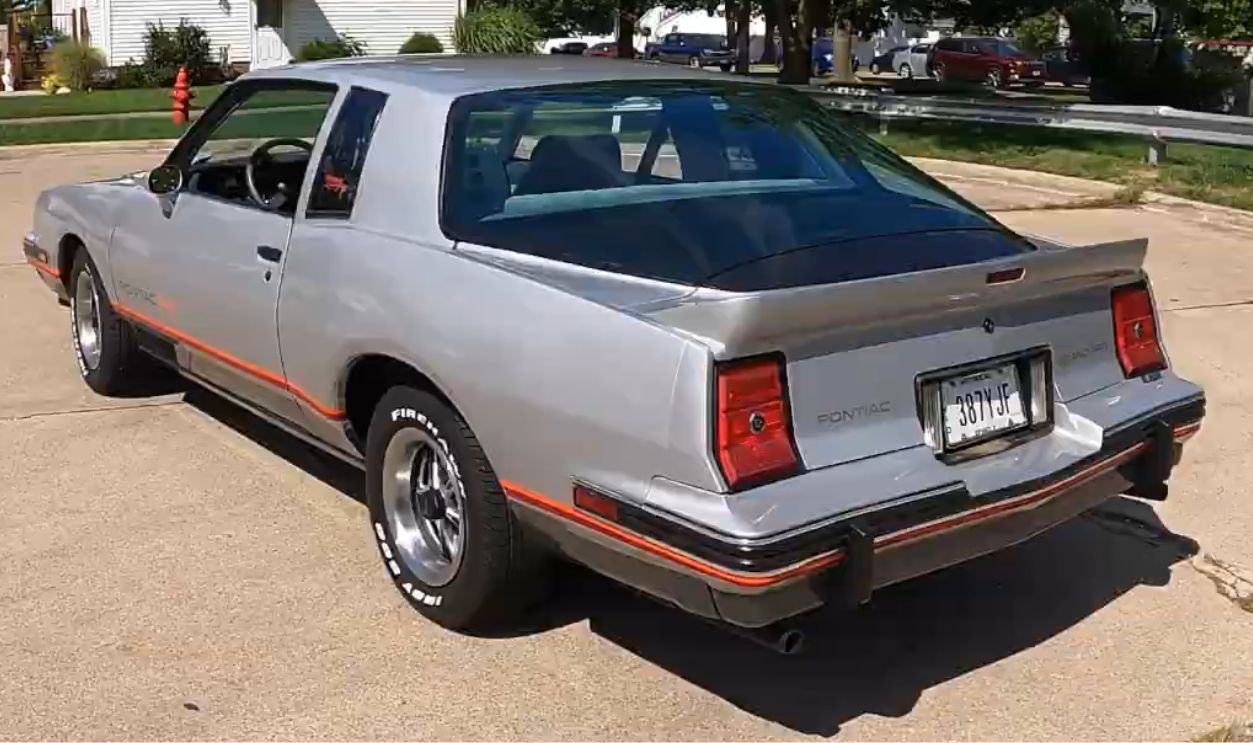 1986 Pontiac Grand Prix 2+2 Aerocoupe Review - A RARE Nascar Homologation Car!, Shooting Cars
1986 Pontiac Grand Prix 2+2 Aerocoupe Review - A RARE Nascar Homologation Car!, Shooting Cars
1983 Dodge Charger
Known as the "Dodge Shelby Charger", this particular Dodge Charger was modified by the legendary Ford car engineer and racing driver, Carroll Shelby. This involved raising the engine's horsepower to 108 hp and providing a lower ground clearance than standard Chargers of the model year. A new nose and racing stripes, along with a new exhaust, made for a better sound.
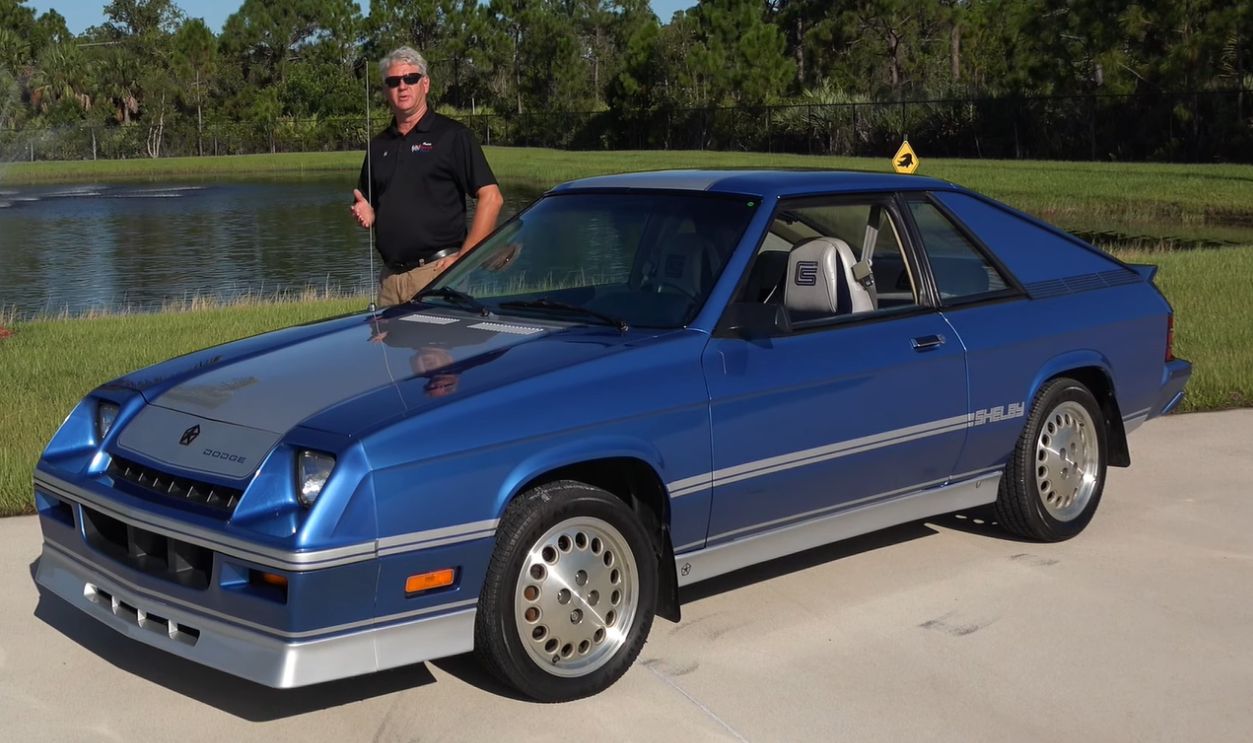 1983 Shelby Dodge Charger, American Muscle Car Museum
1983 Shelby Dodge Charger, American Muscle Car Museum
1983 Dodge Charger (Cont'd)
Sold to Dodge dealerships in body kits to be put on after delivery, many of the 8,251 customers in 1983 noted that the Dodge "Shelby Charger" had very poor ground clearance (watch out for high curbs) and was generally poorly received as an attempt to put a Shelby name on a Dodge and make it sell. As they say, "You can lead a horse to water".
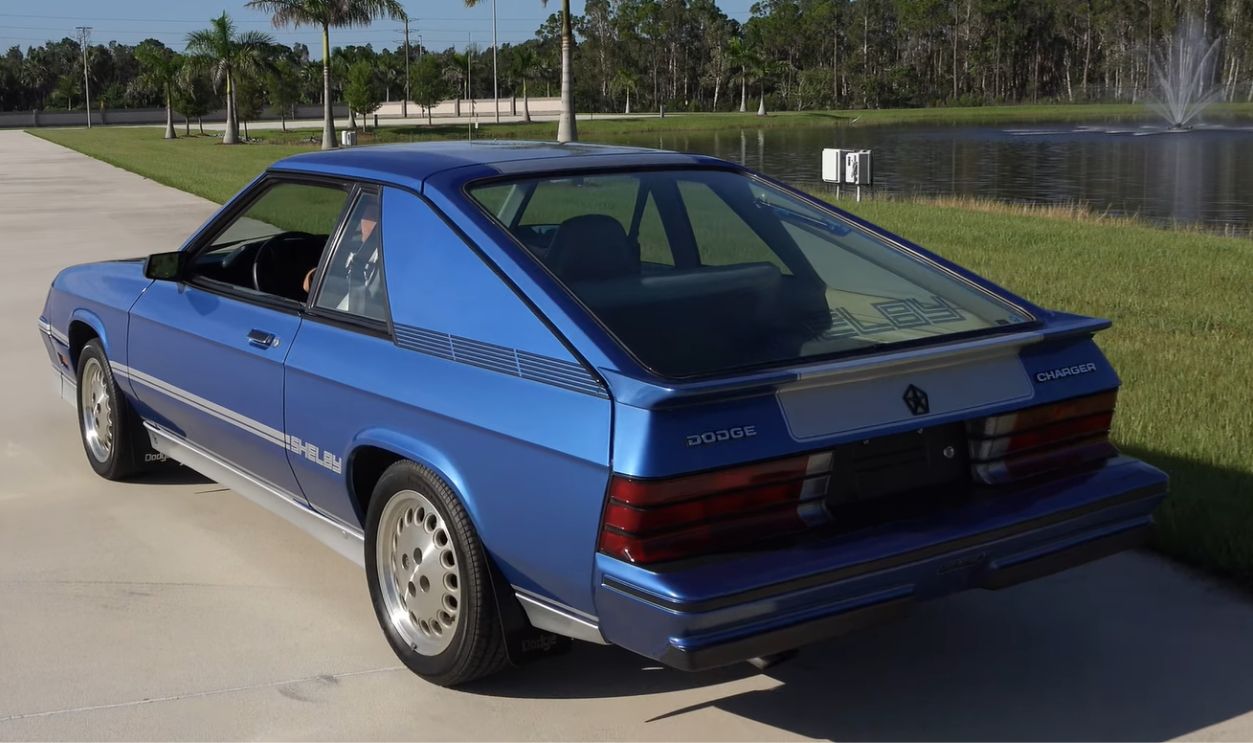 1983 Shelby Dodge Charger, American Muscle Car Museum
1983 Shelby Dodge Charger, American Muscle Car Museum
1976 Dodge Aspen
Dodge wasn't having a great time of things in the mid-1970s. Between the Challenger and Charger models, the 1970s may have been a decade to forget for Dodge's muscle car division. Before the Shelby Charger, there came the compact Aspen. The Aspen's first issue was with its propensity to stall out. Then, there were the early rusting hoods that didn't close properly.
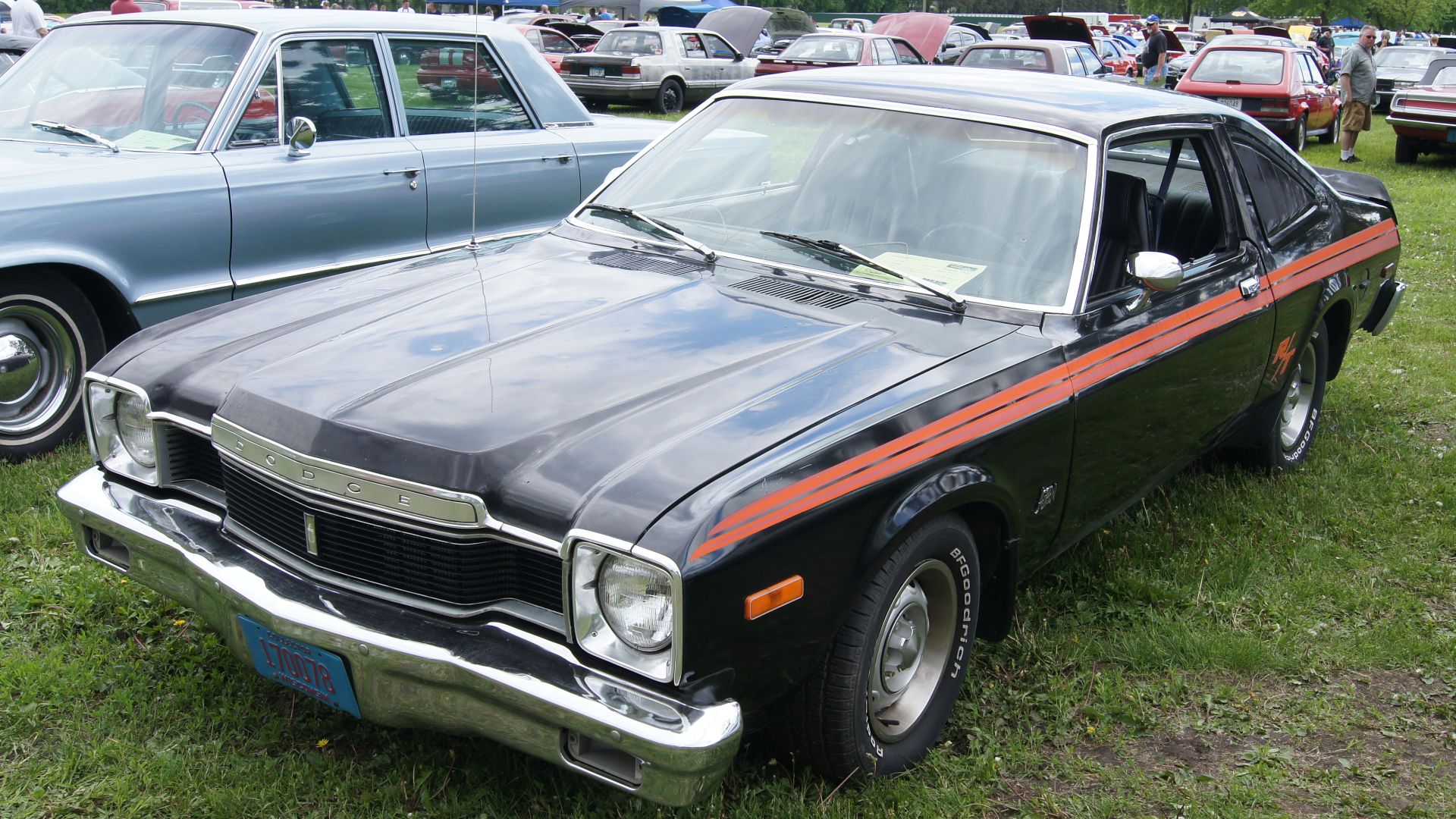 Greg Gjerdingen from Willmar, USA, Wikimedia Commons
Greg Gjerdingen from Willmar, USA, Wikimedia Commons
1976 Dodge Aspen (Cont'd)
There were eight recalls issued for the Dodge Aspen in 1976, making them one of the most recalled cars of all time. The Aspen and Volare were among the models that nearly bankrupted Chrysler. The Aspen will live long in the memory as one of the worst "muscle cars" of all time, powered by a 3.7L slant-six engine which doesn't exactly scream "powerful," does it?
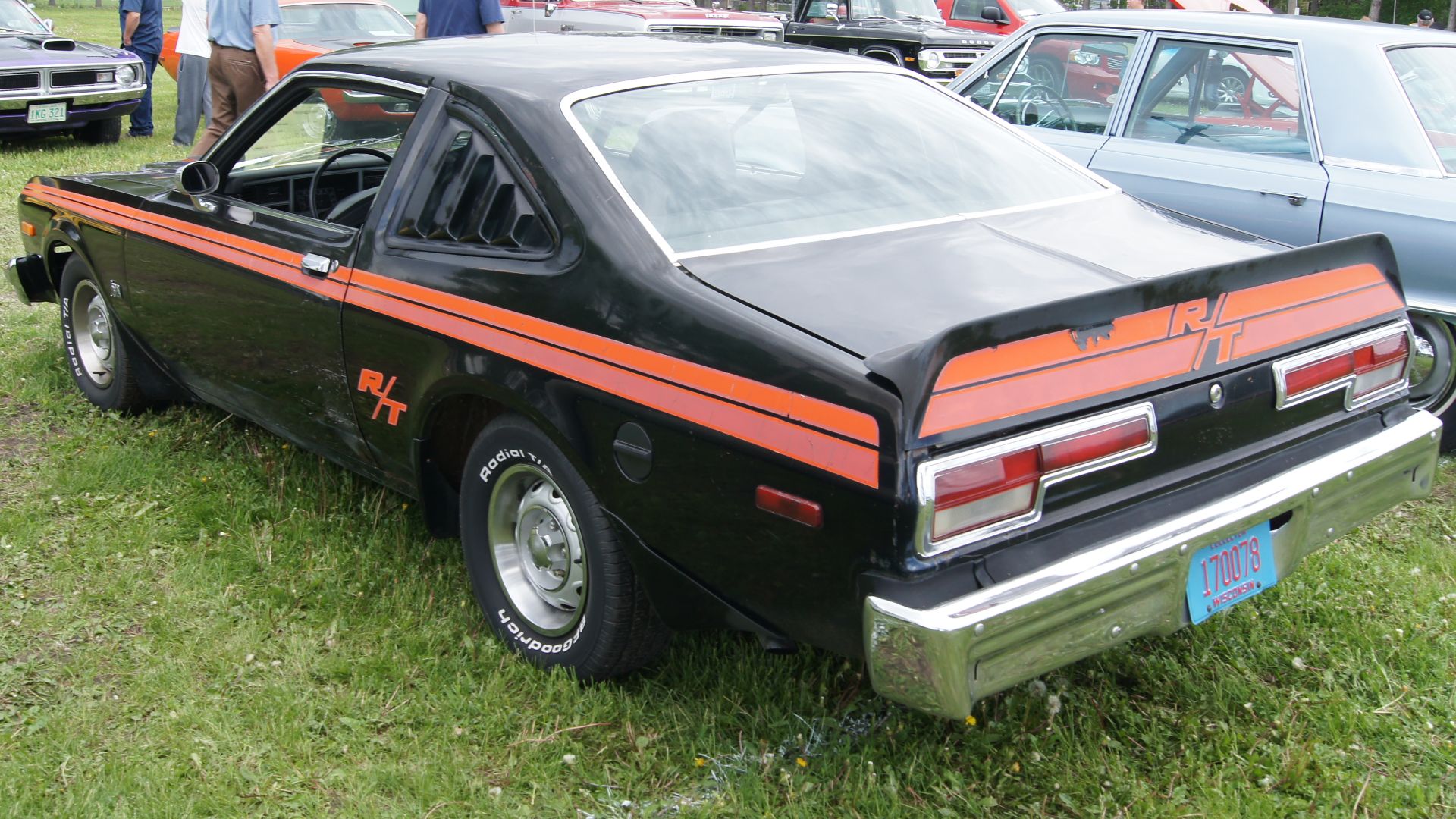 Greg Gjerdingen from Willmar, USA, Wikimedia Commons
Greg Gjerdingen from Willmar, USA, Wikimedia Commons
1978 Oldsmobile 4-4-2
Despite the popularity of the 4-4-2 from previous years, the 1978 version of the Oldsmobile 4-4-2 was one of the worst versions of the car. Firstly, the team at Oldsmobile used a Chevrolet 305 V8 in place of the Oldsmobile 350 V8, offering less power and lower performance as a result. Downsizing was an industry-wide push at the time and Chevrolet jumped into it feet-first with the 1978 4-4-2.
1978 Oldsmobile 4-4-2 (Cont'd)
Unfortunately, that would prove to be a poor choice. It was slower, louder, and looked worse than many of its competitors, with a slant-back A-body that just... well... only a mother could love it. Sales slumped 48% on the previous year's sedan, then 55% on the previous year's coupe version. Everything about the car didn't work well for a "muscle car". Underperforming, underpowered, uncomfortable, and ugly.
What Was The Worst Muscle Car In Your Opinion?
Do you have a favorite "worst muscle car" ever? What would be your vote for the worst? Let us know in the comments below.
You May Also Like:
Sources: , , 3

